the blue agave
/ Vincent Isoré
The setting of this group of images takes place in the « Paisaje Agavero » (Agave Landscape) in the state of Jalisco, Mexico. Massive lands with an impressive variety of blue tones, hence the name and kind of the agave in this area. A splendid place classified by the UNESCO since 2006 as a world heritage site, and just as a French vineyard does, it provides the livelihood for an entire region thanks to the production of the well-known elixir: the Tequila.
The use of the name « Tequila » is ruled by the label AOC (protected designation of origin), this means that the spirit must come exclusively from Jalisco and other four Mexican states: Nayarit, Michoacan, Guanajuato and Tamaulipas. These lands have natural, human, historical and technical characteristics that gather unique and advantageous conditions for the tequila production.
As a historical review, the liquor was born when the Spanish settlers started using the distillation process with the blue agave having as a result what they called at that time « Vino de Agave » (agave wine). Later in the 18th century, its quality improved and a formal tequila industry developed in the region. Like a great whisky or a famous cognac, the tequila started to assert itself by winning different awards in Europe. Nowadays it is one of the most important icons of Mexico that gives prestige to the country and promotes it worldwide.
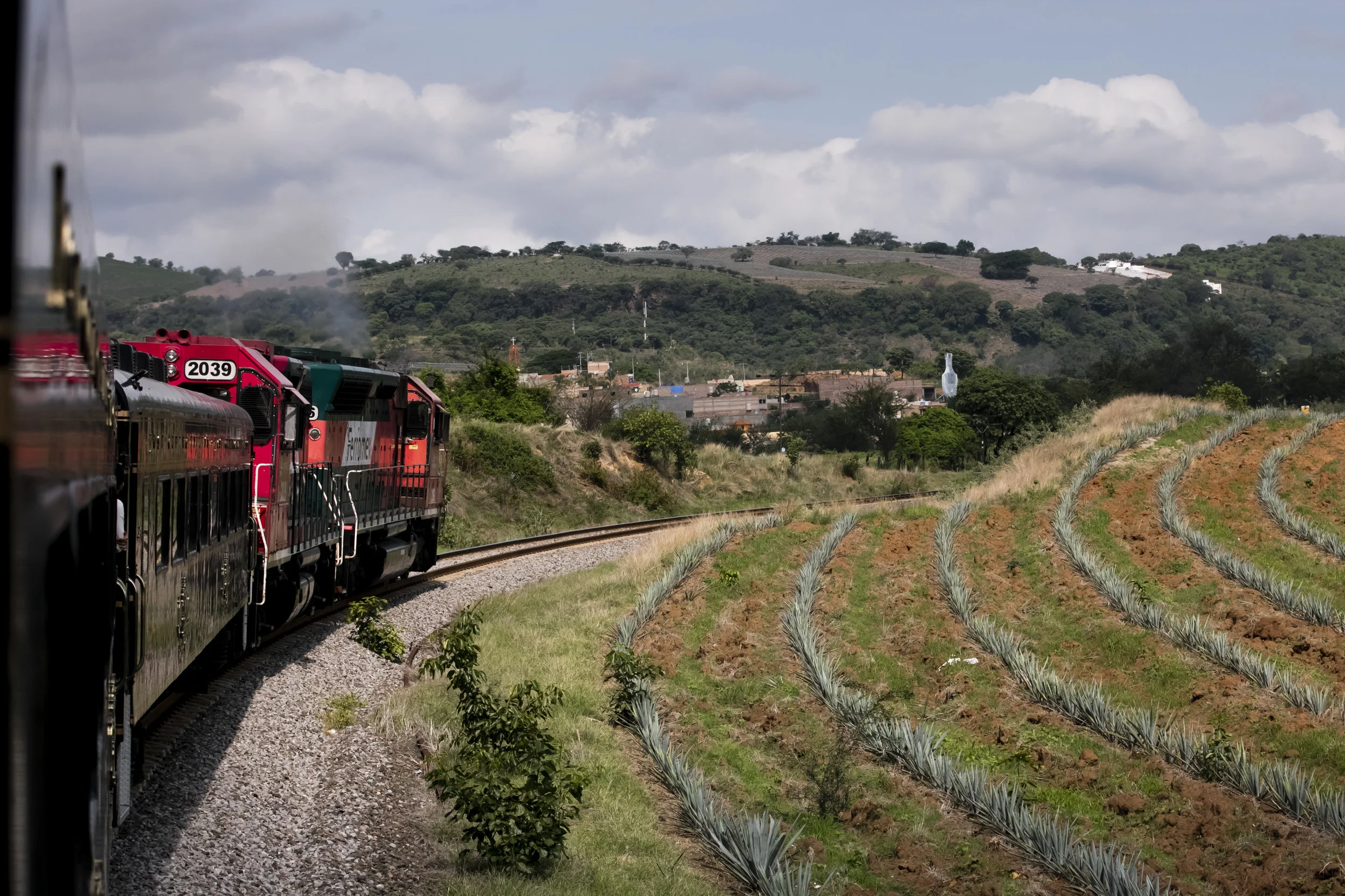
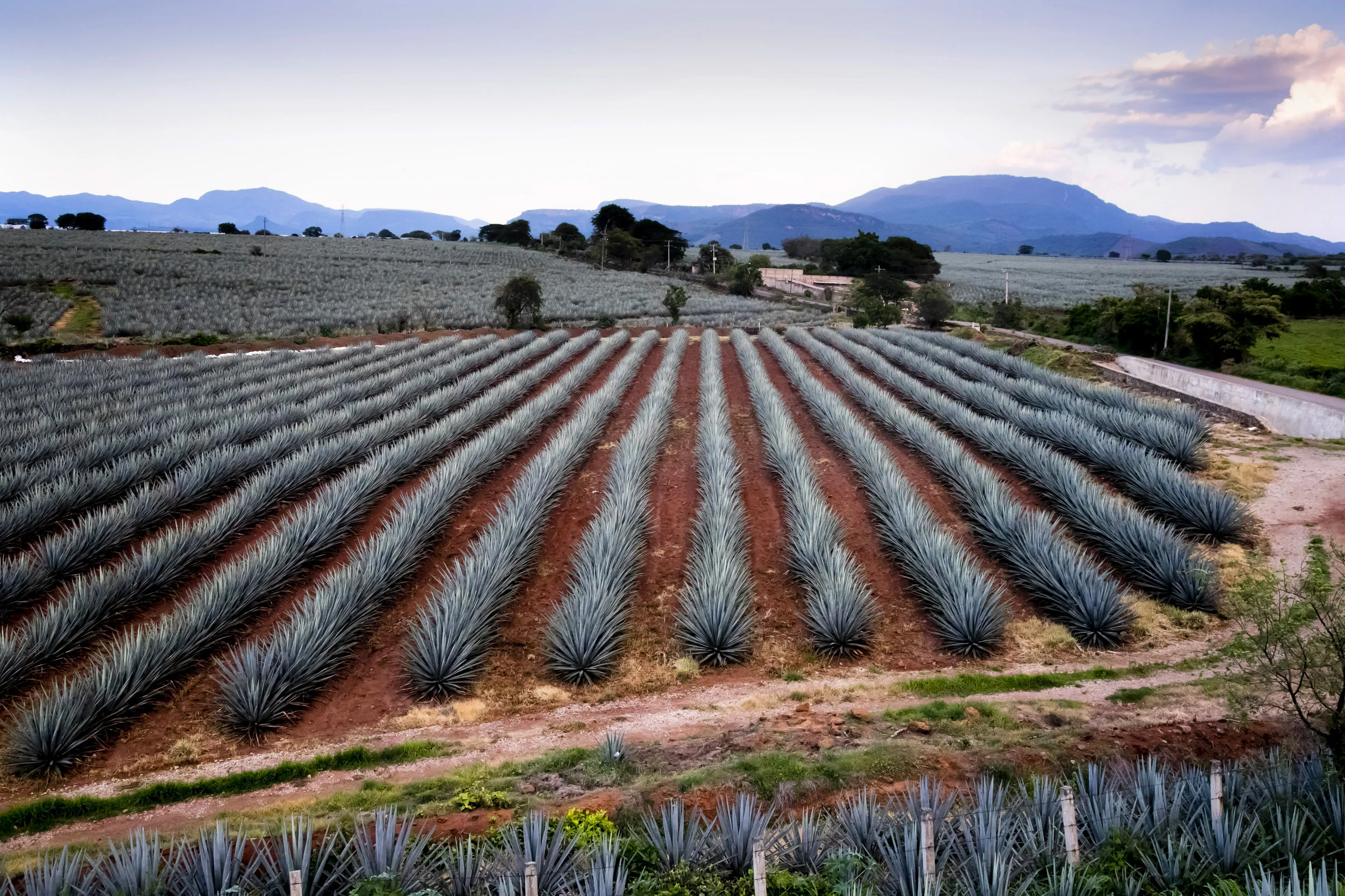
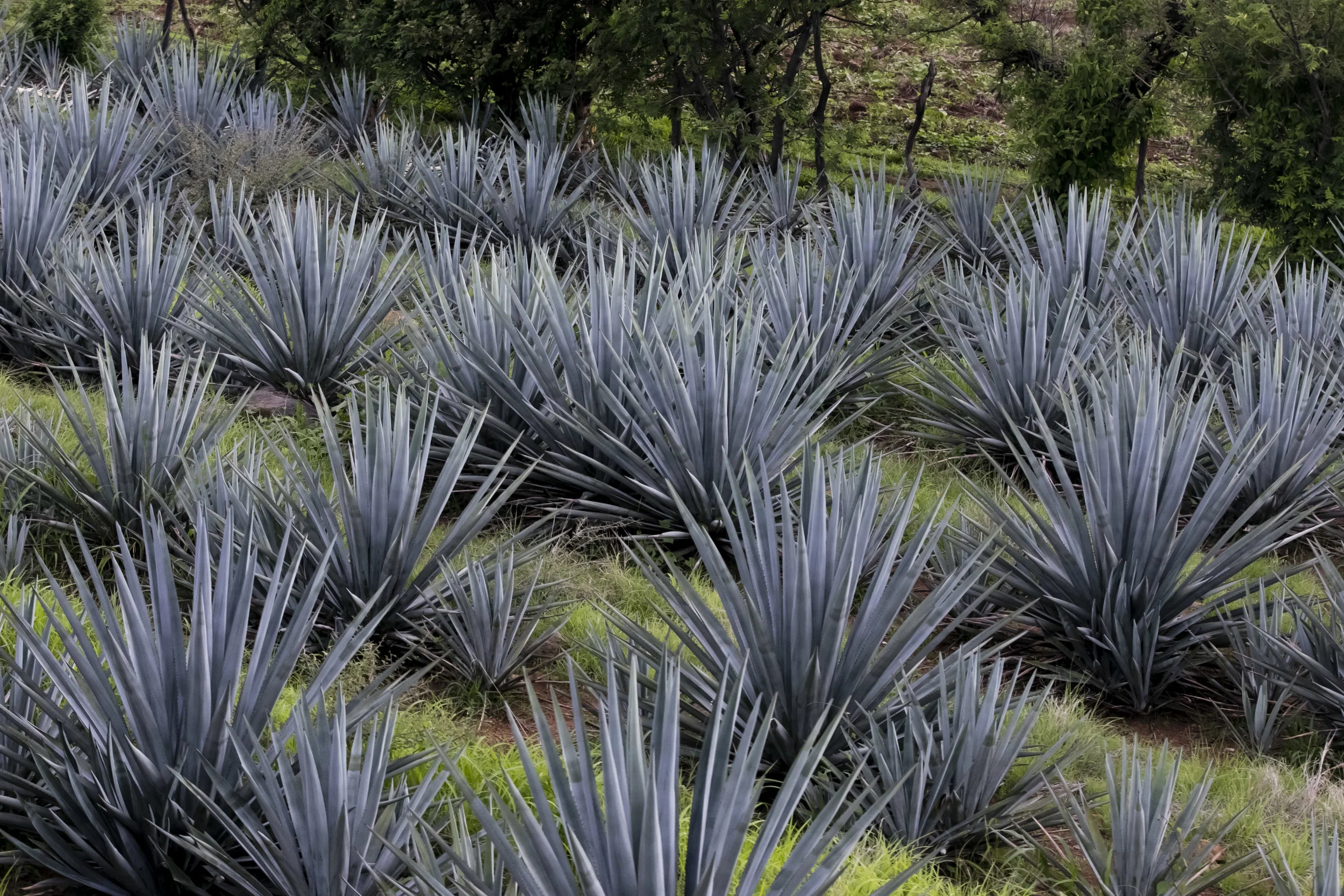
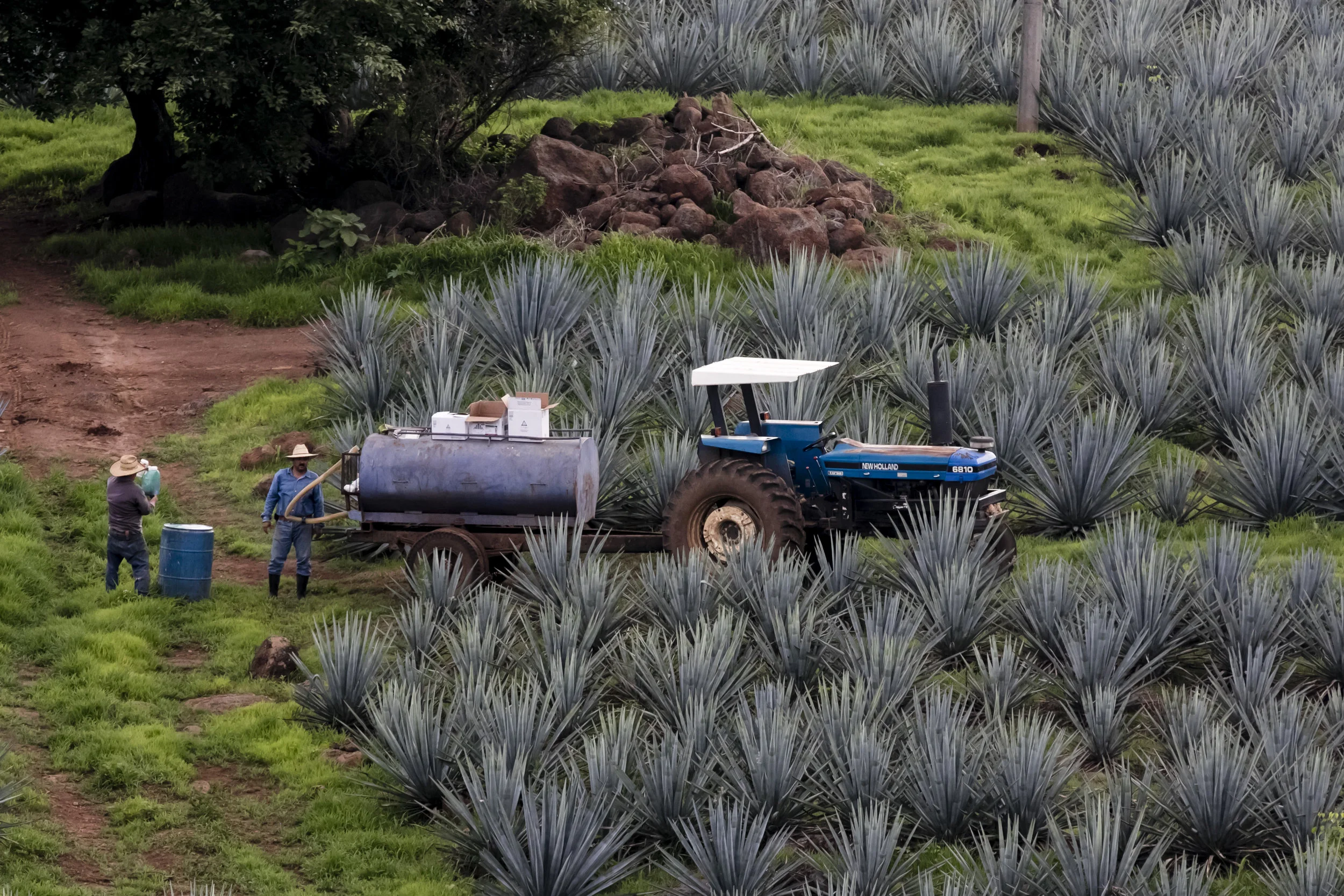
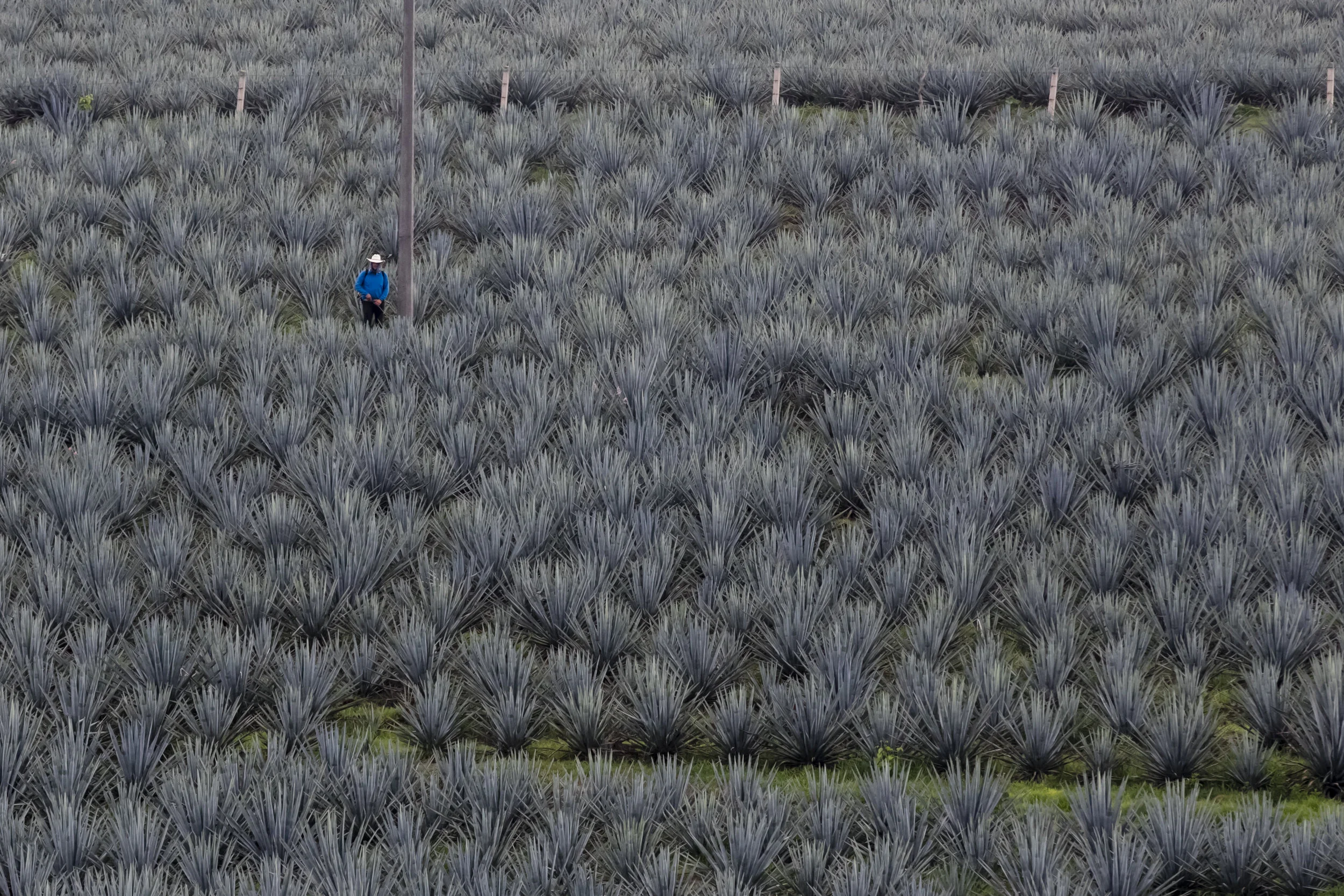
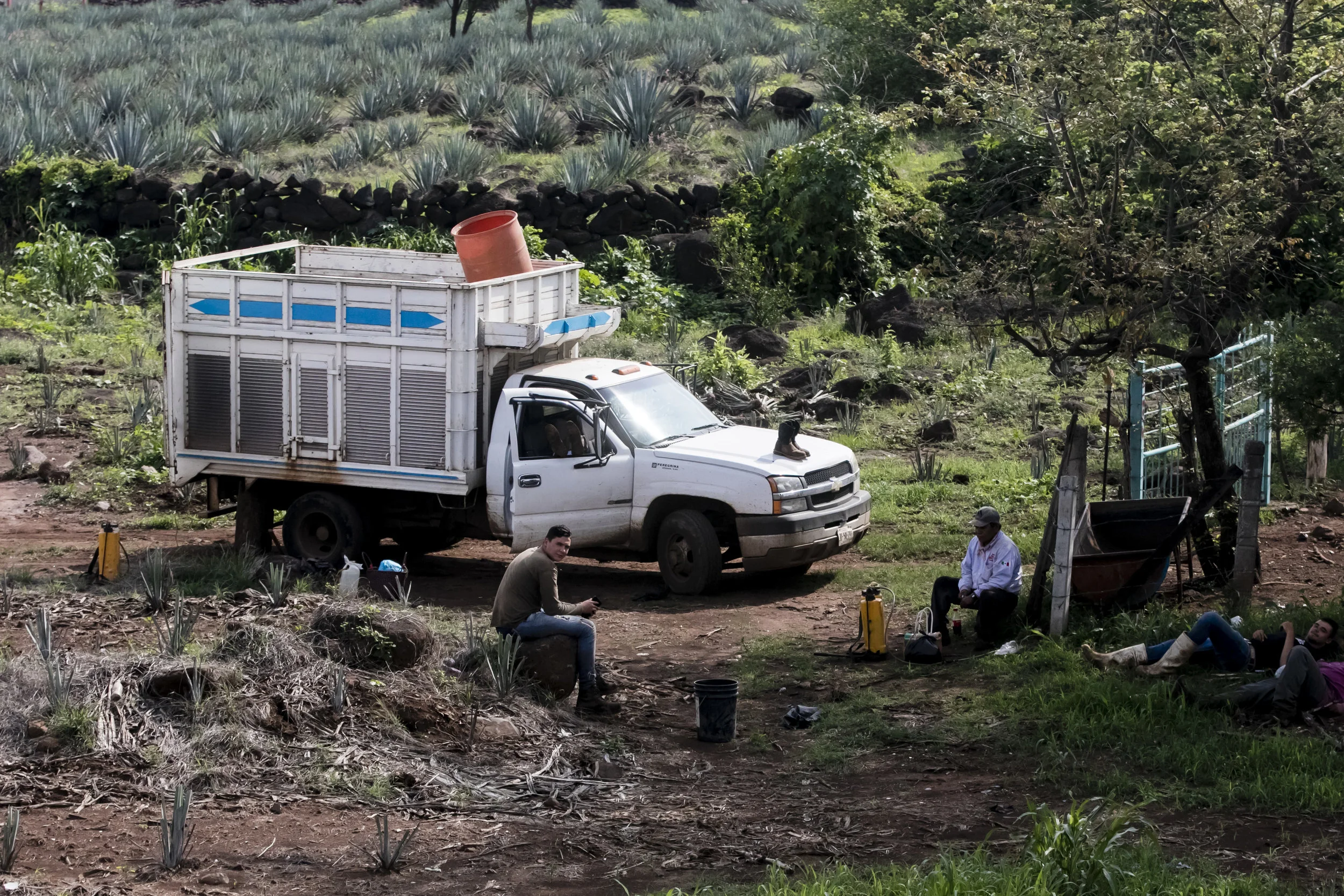
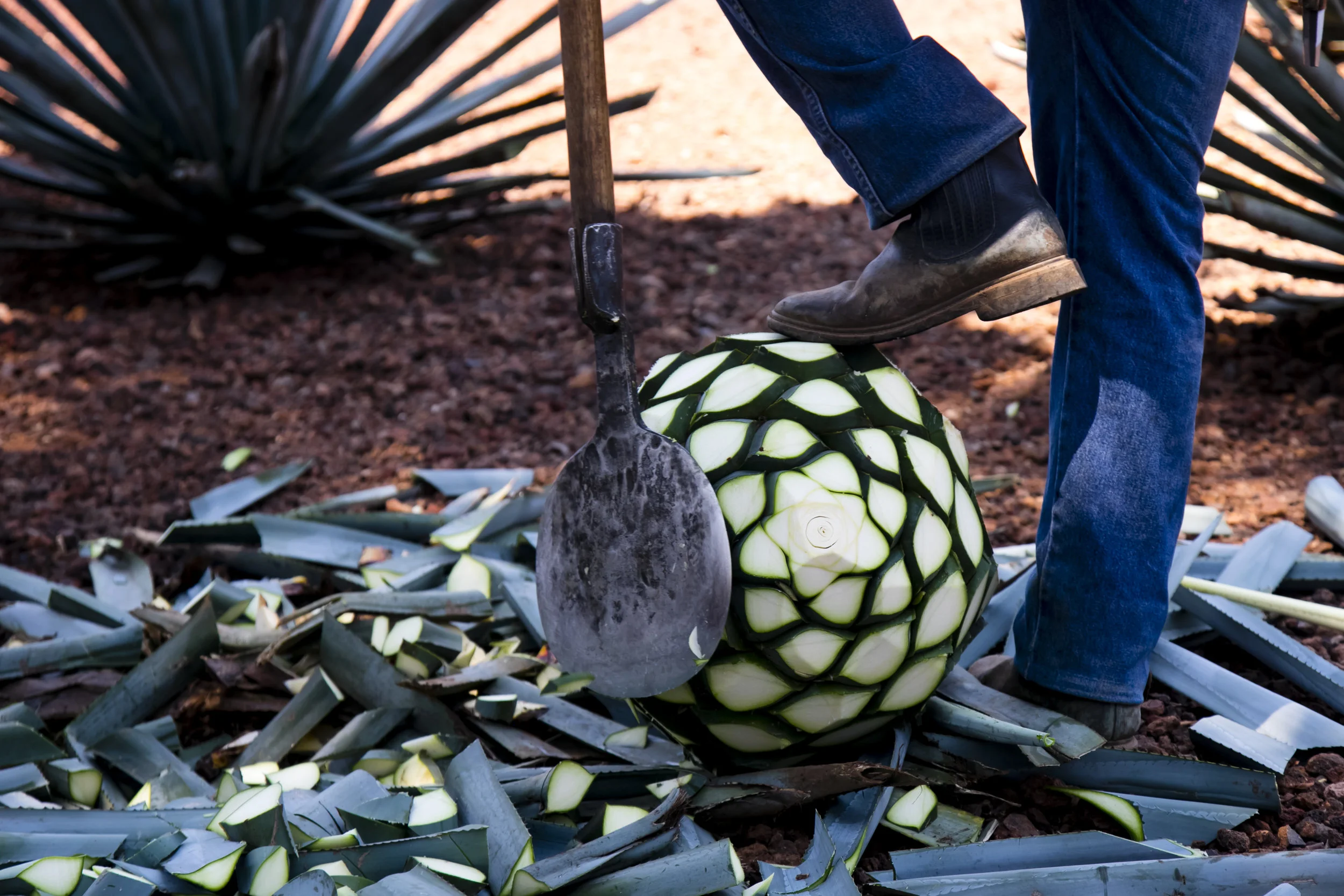
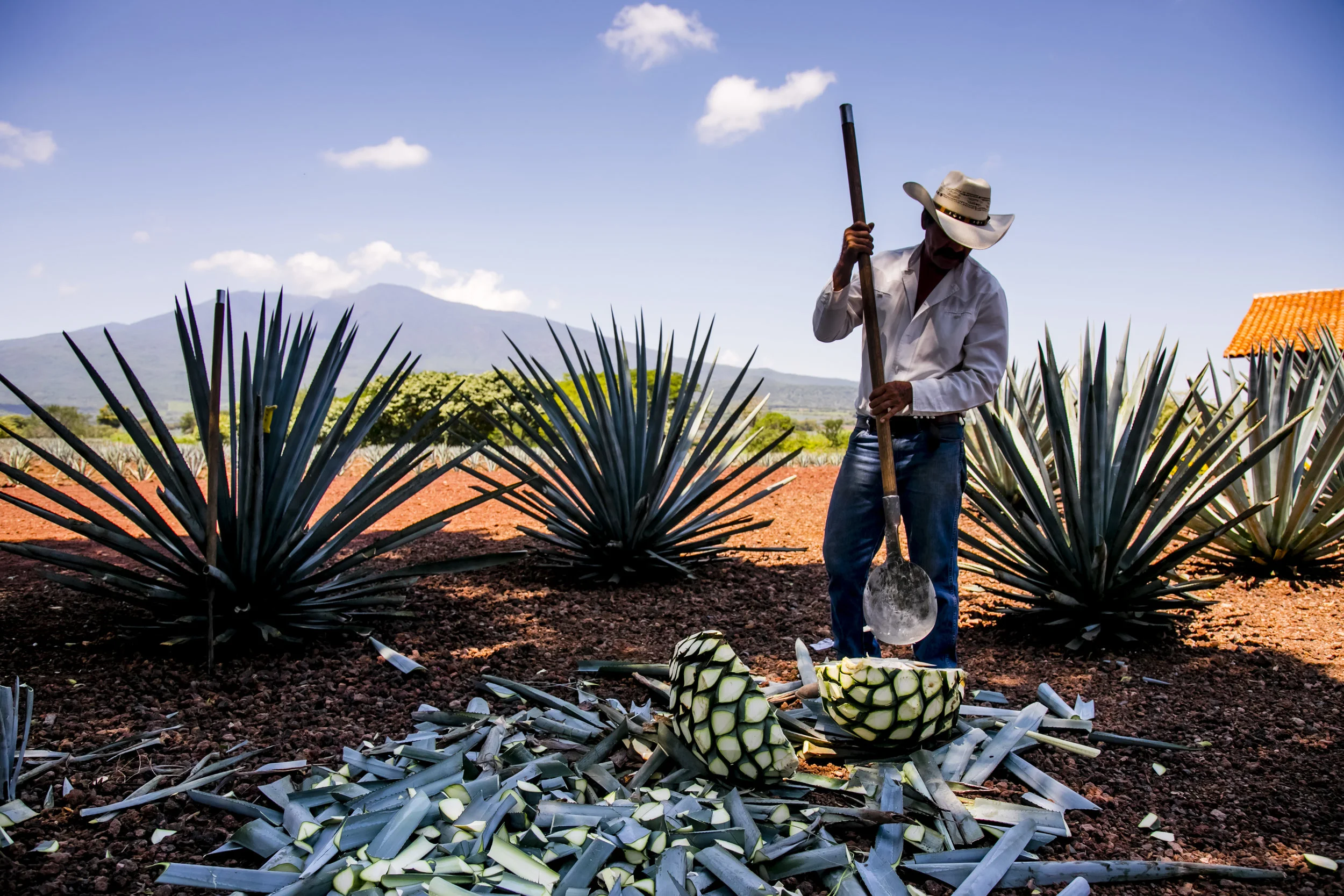
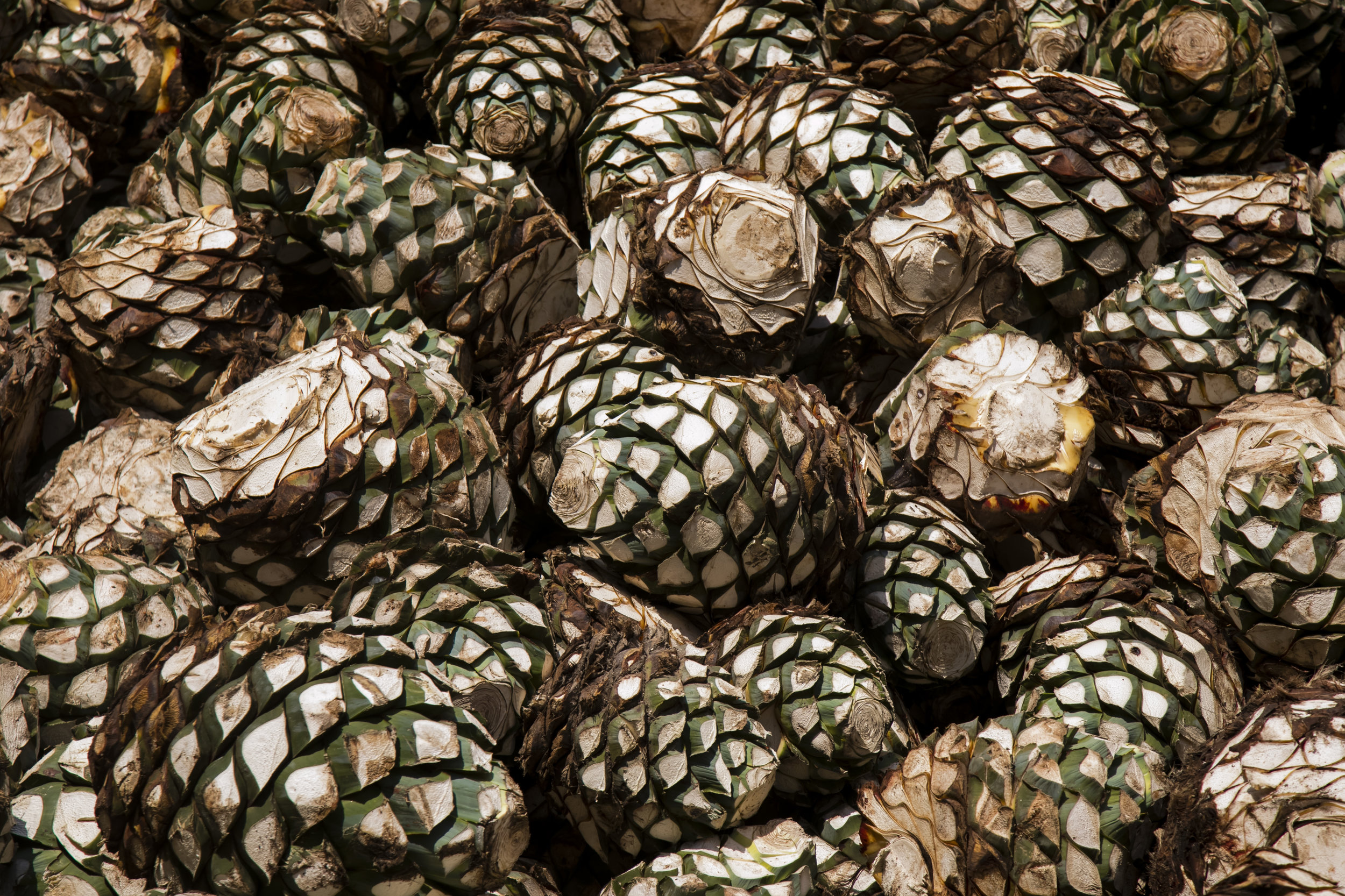
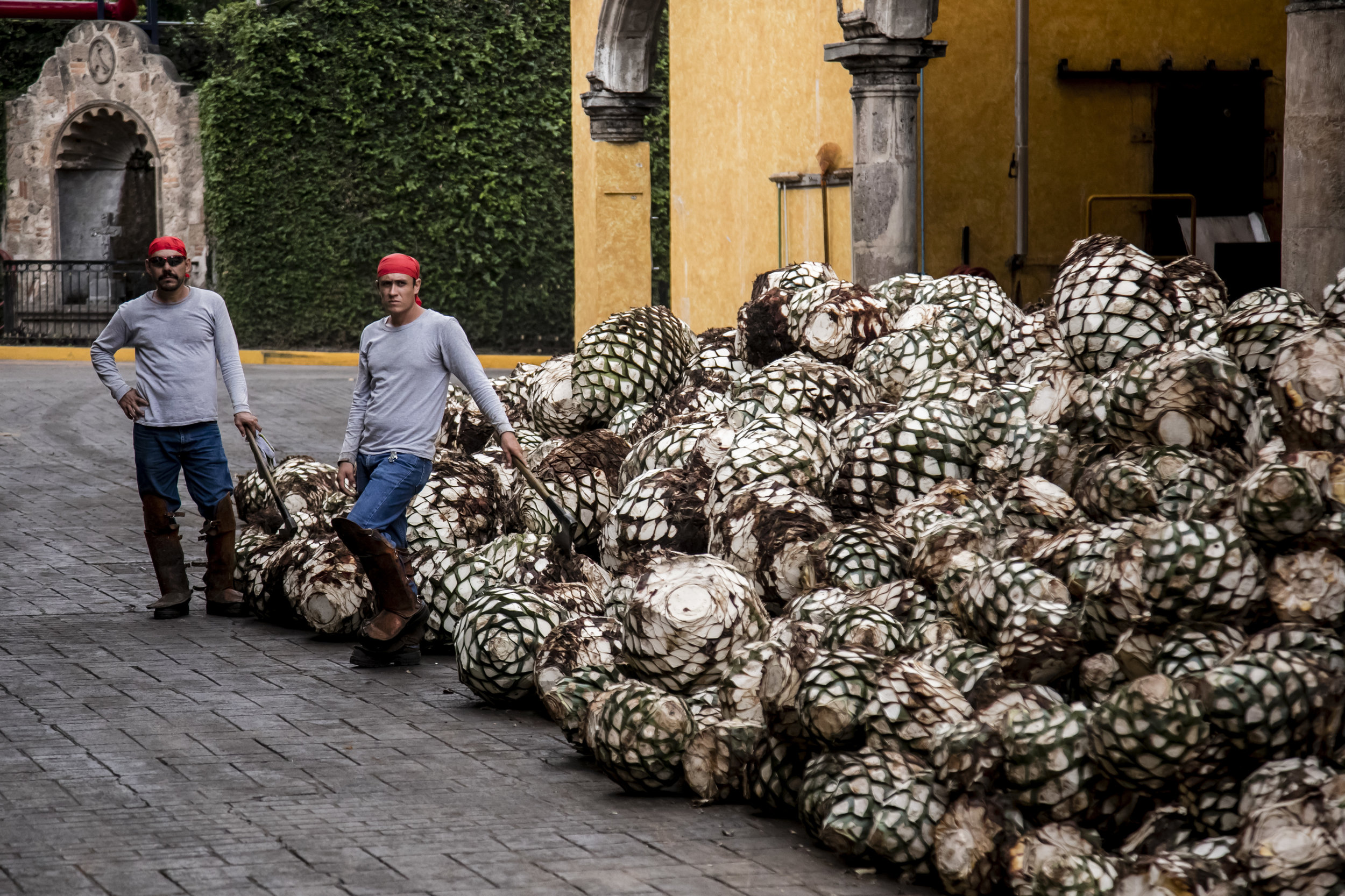
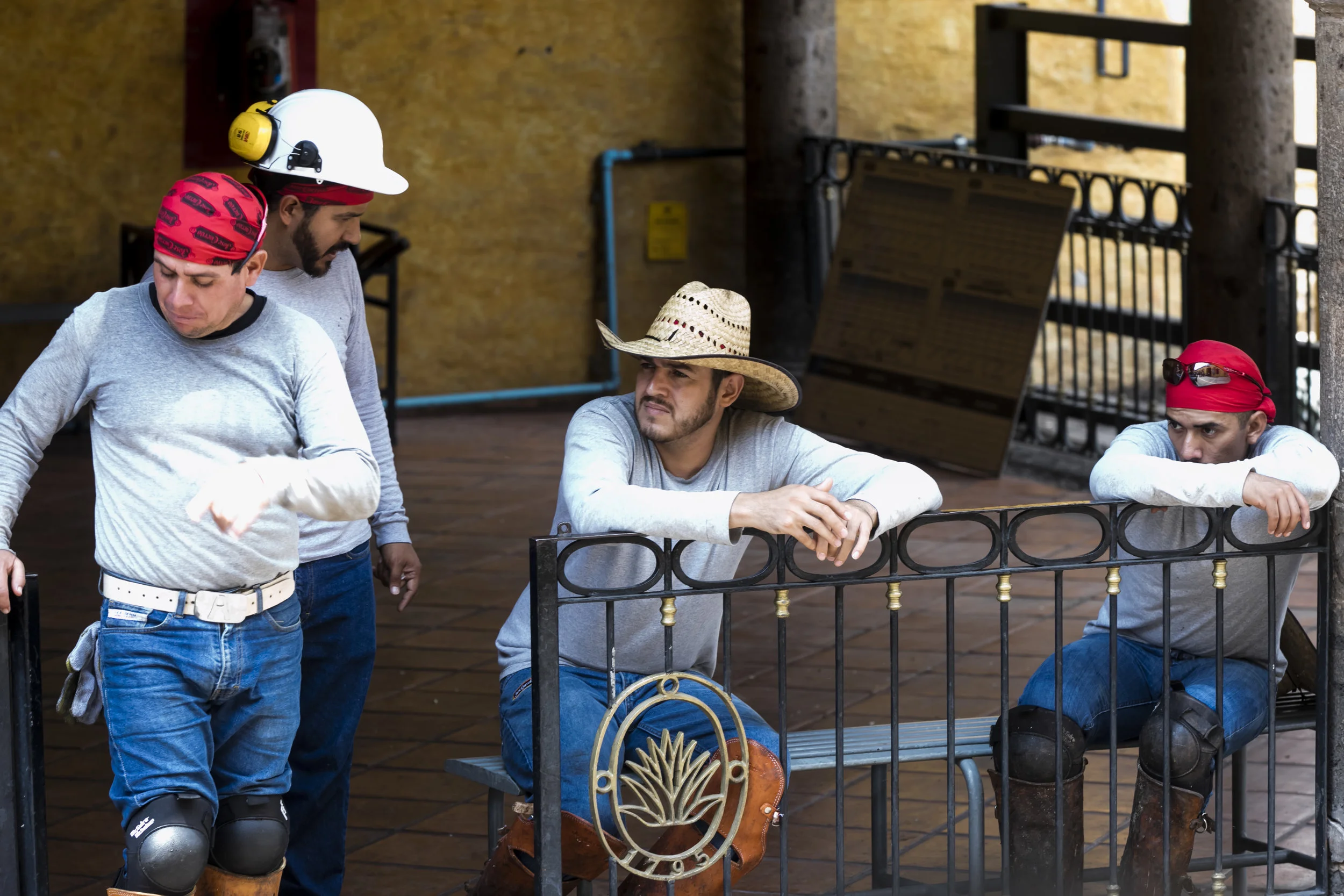
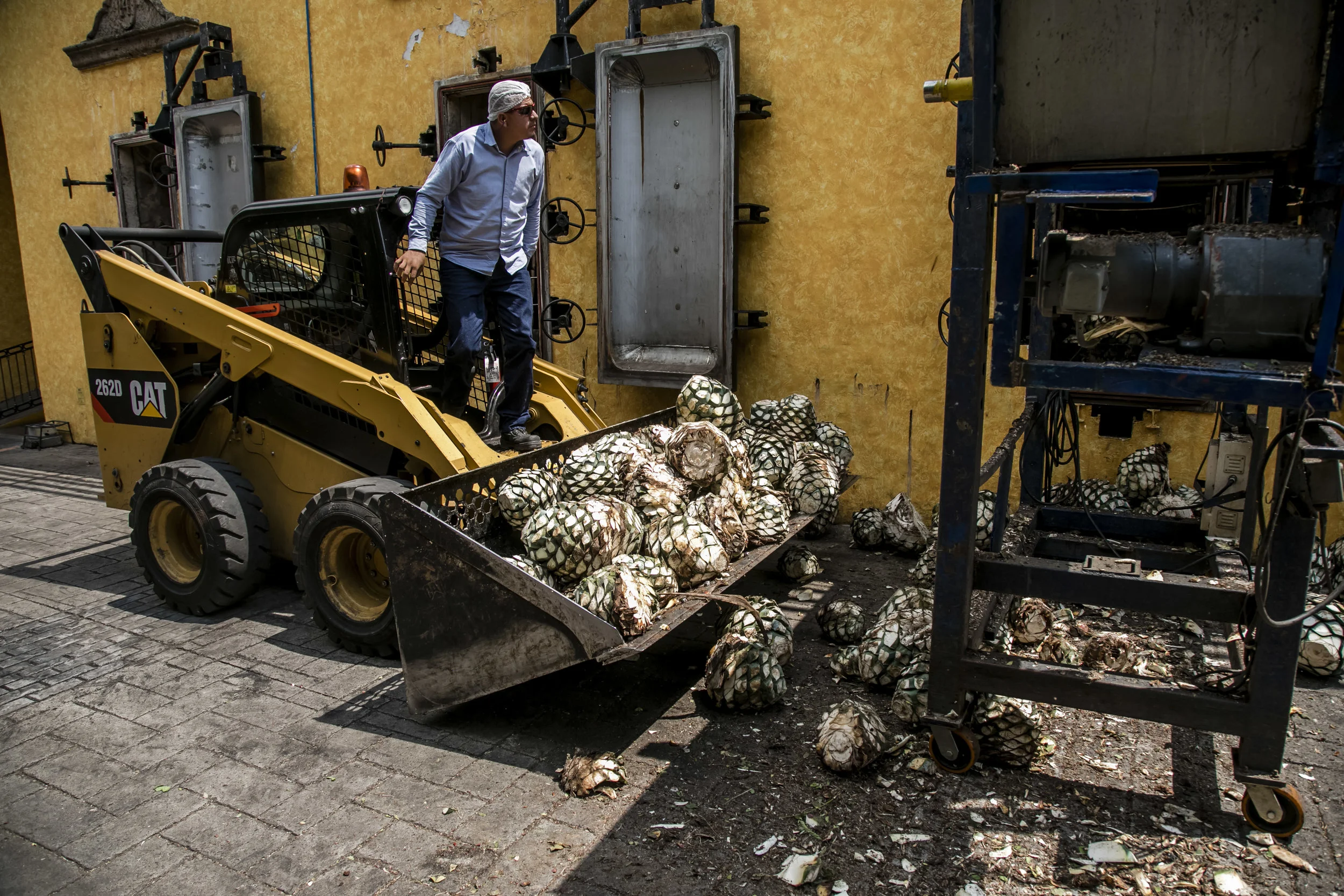

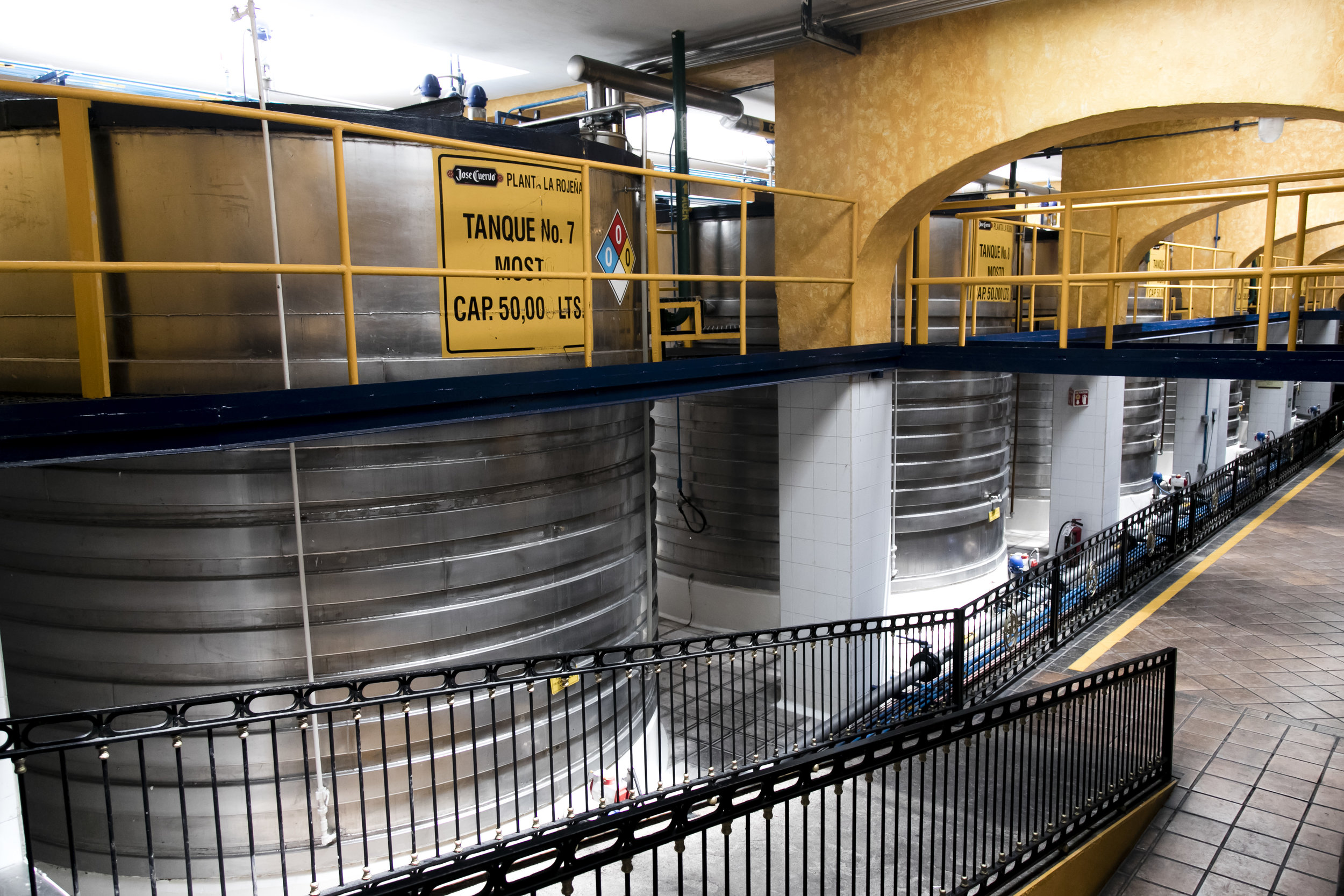

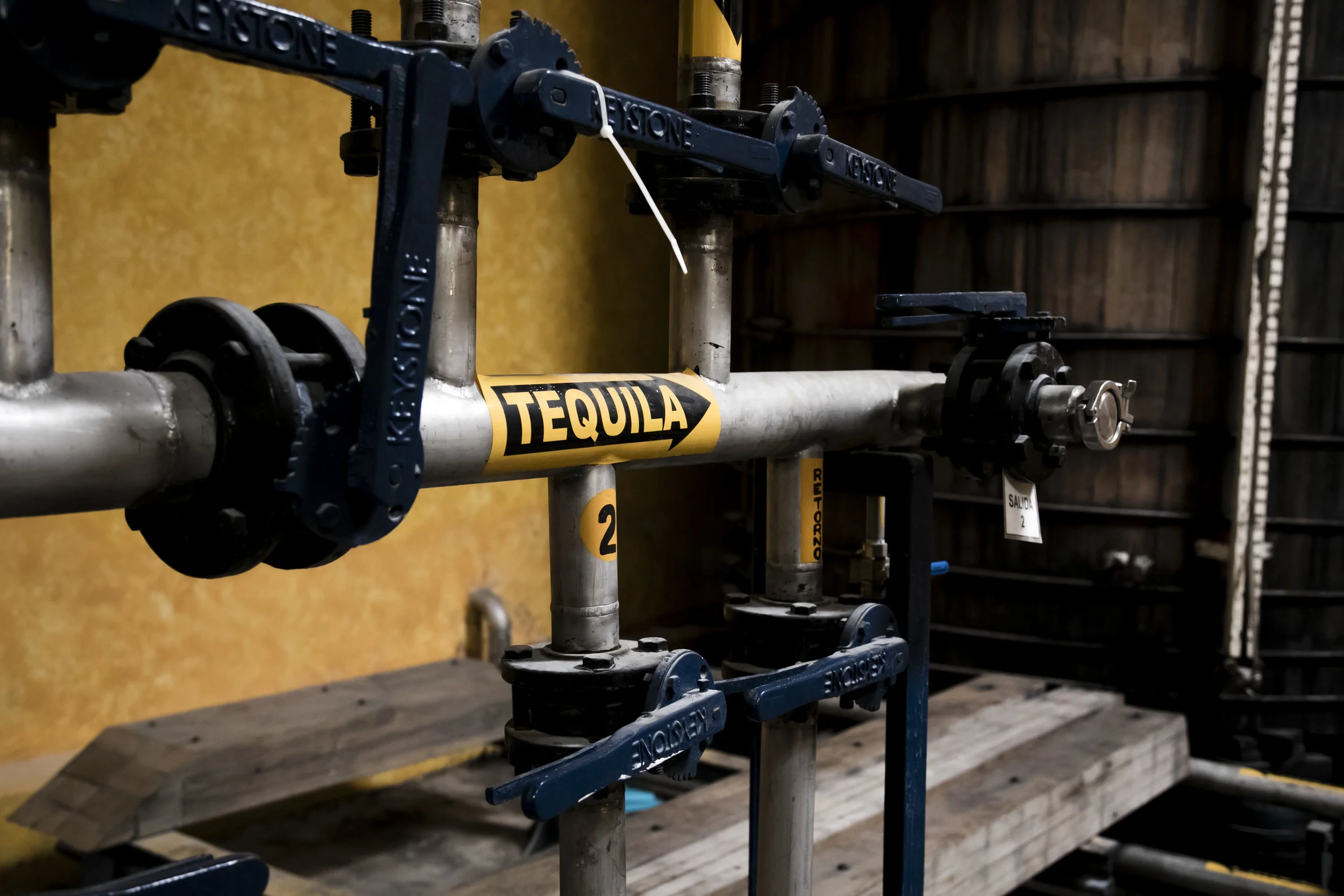
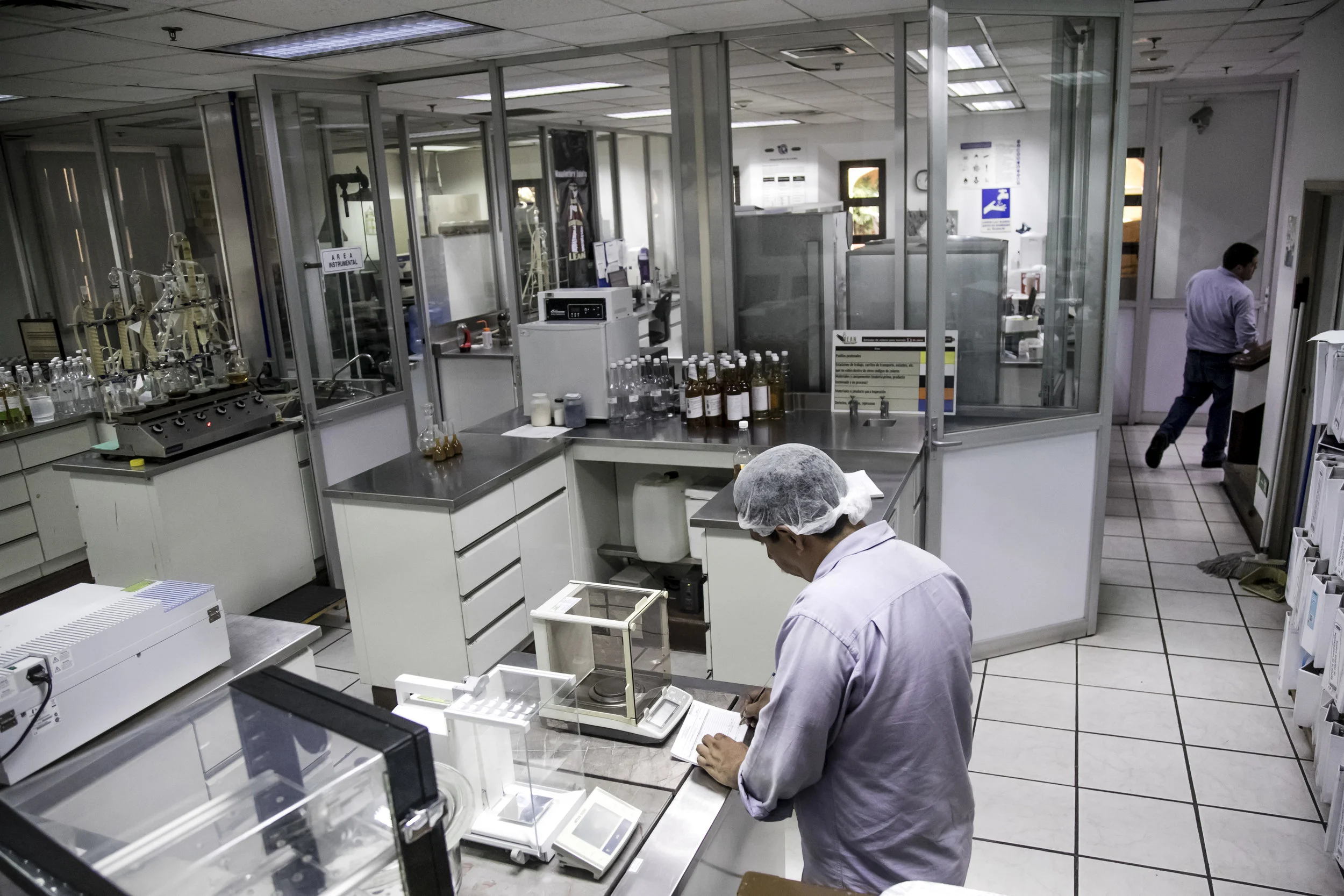

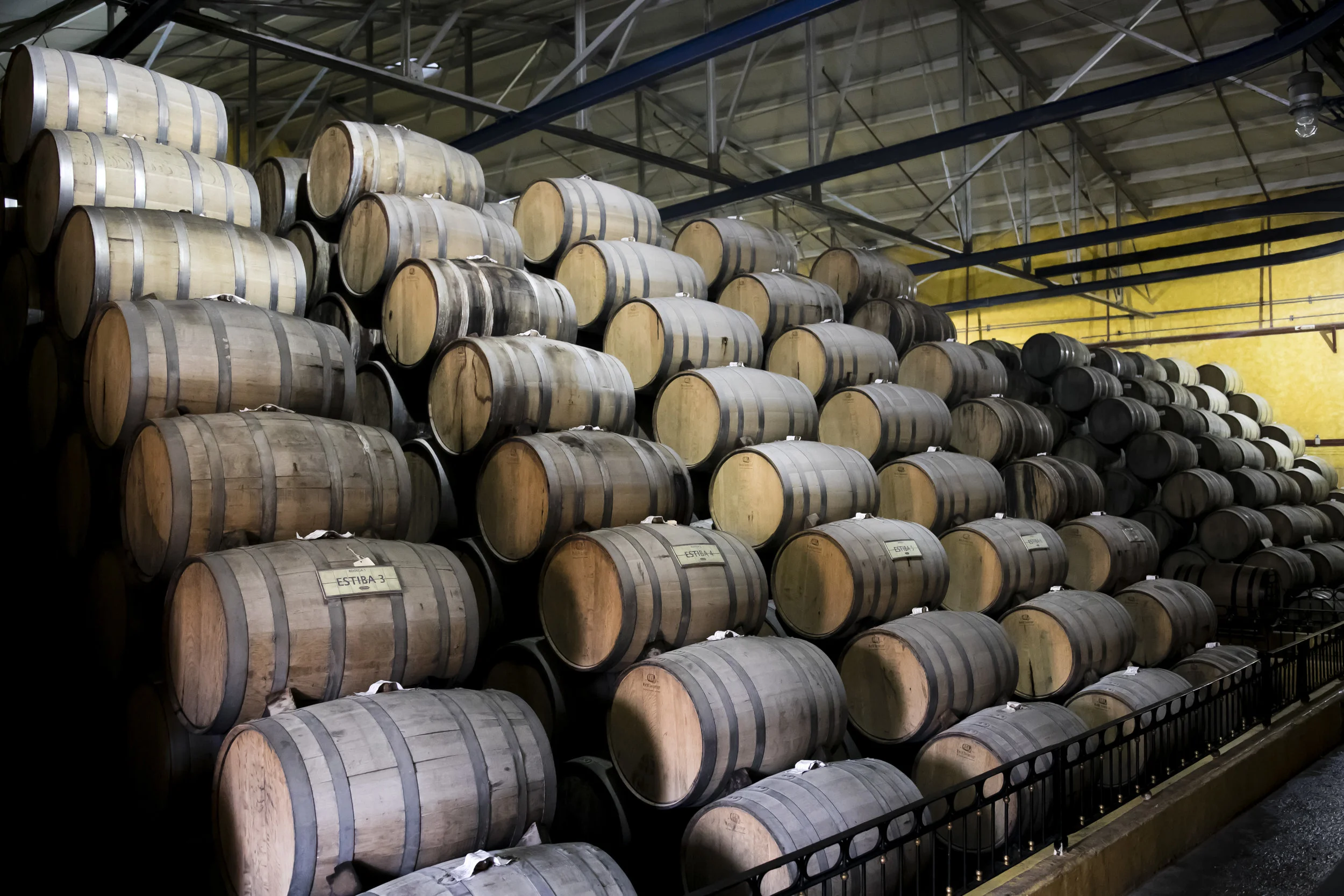

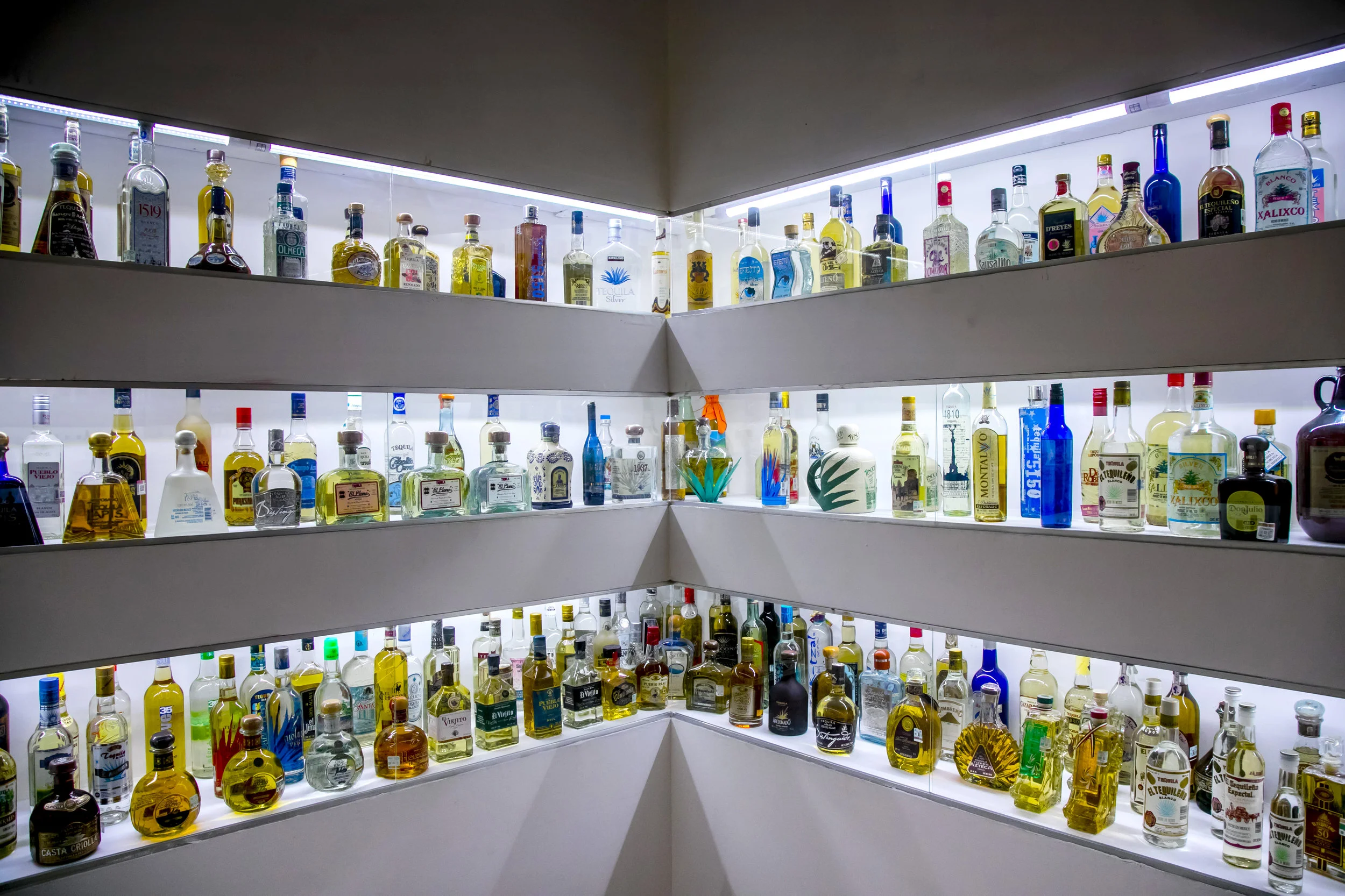

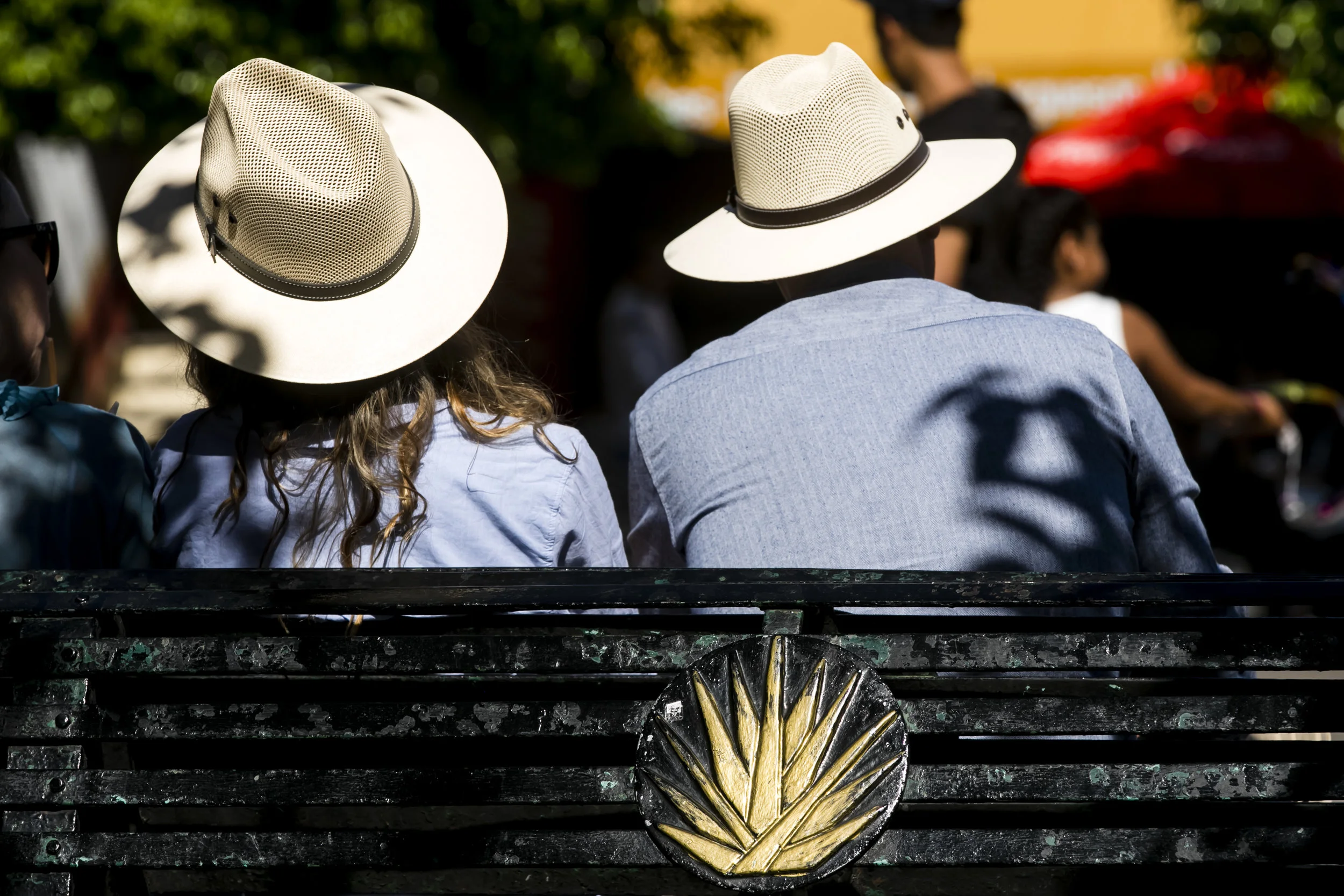
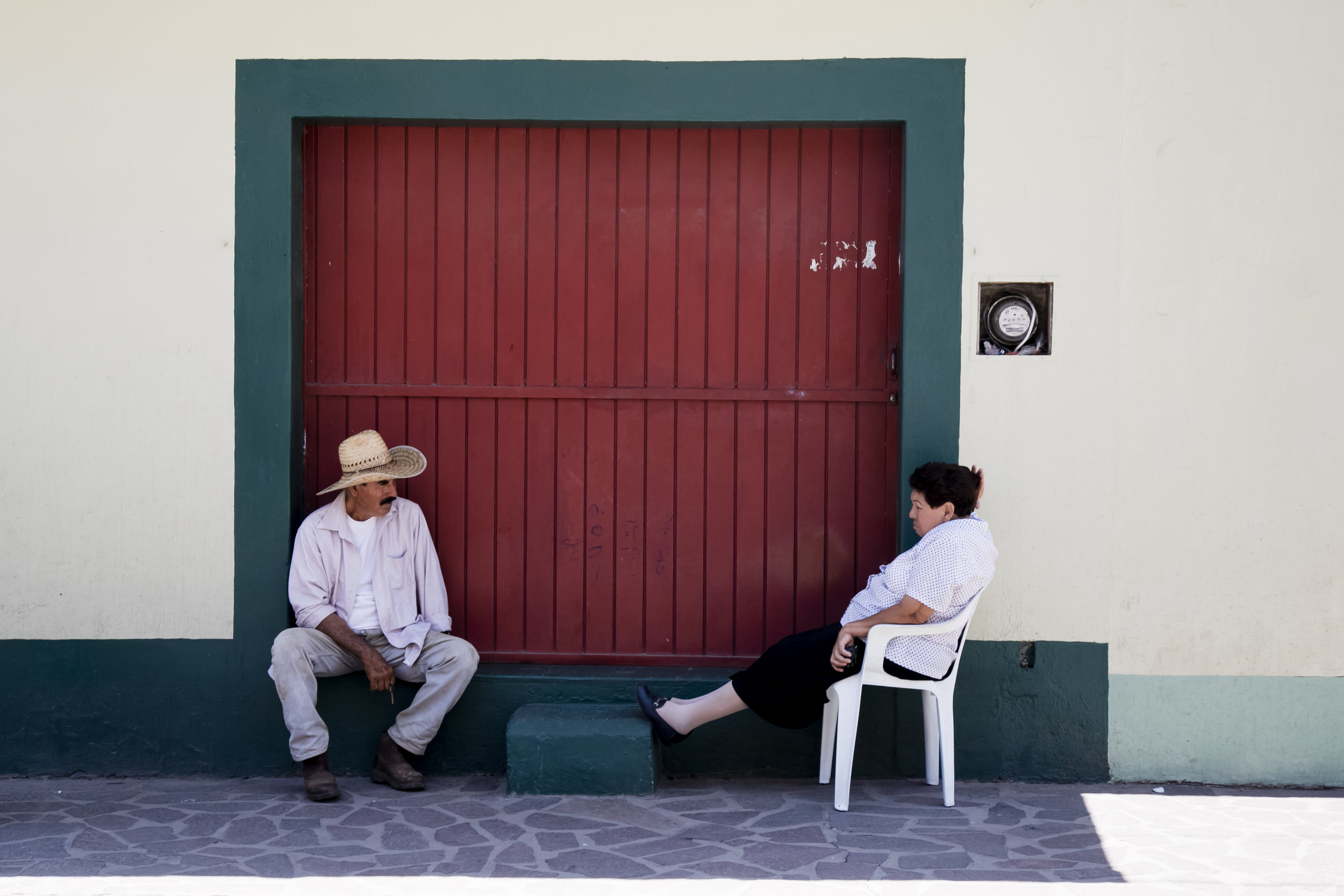

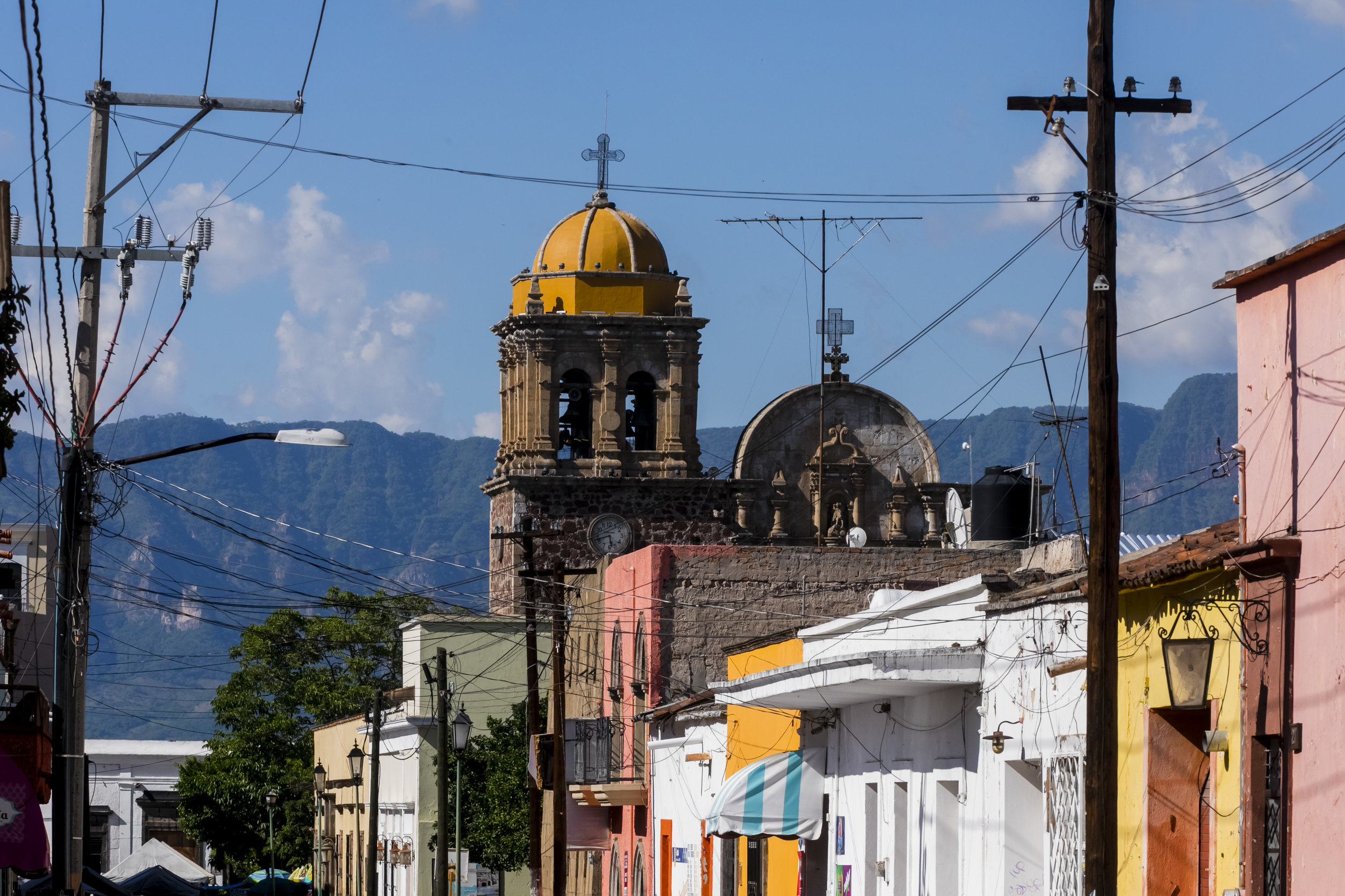
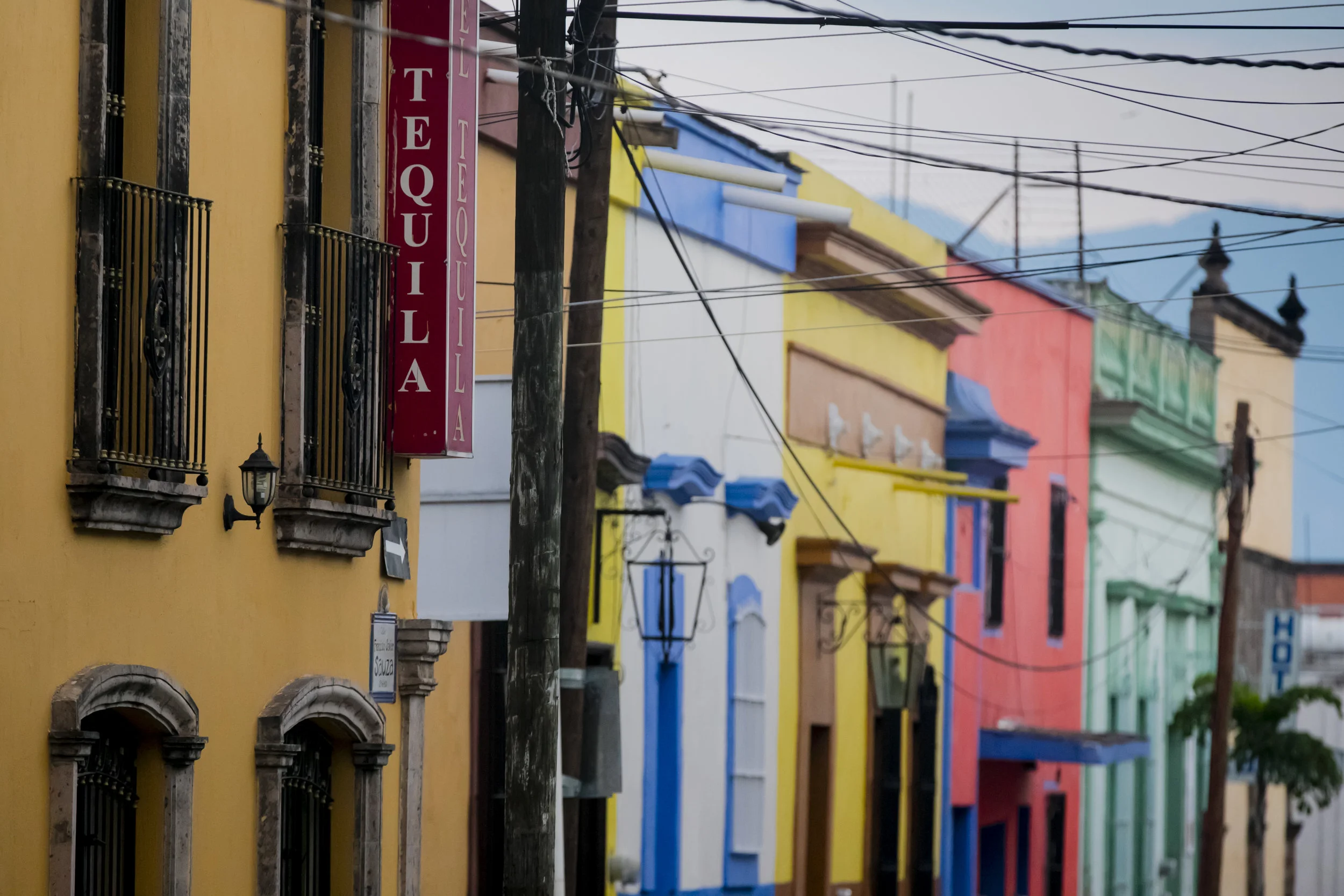
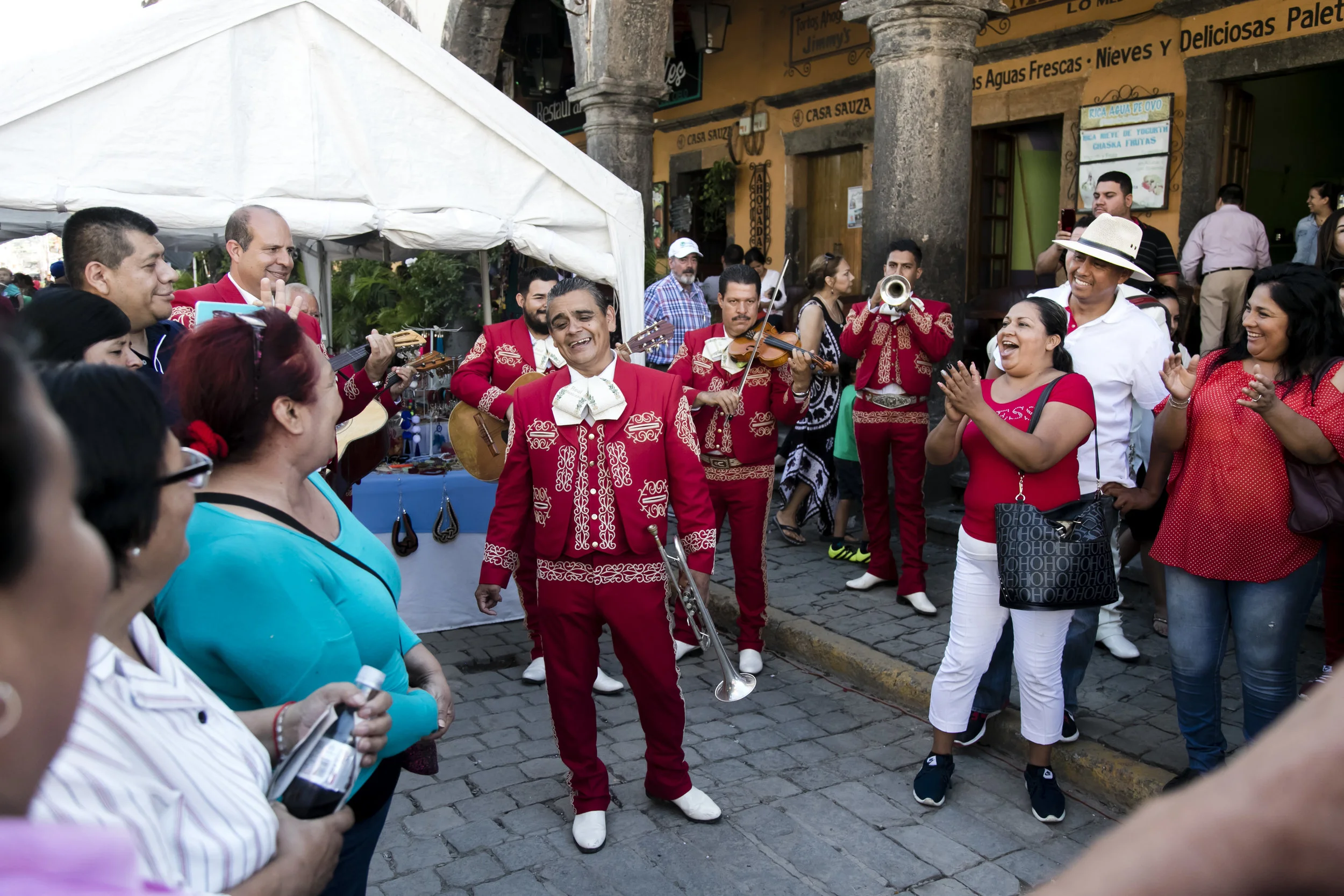
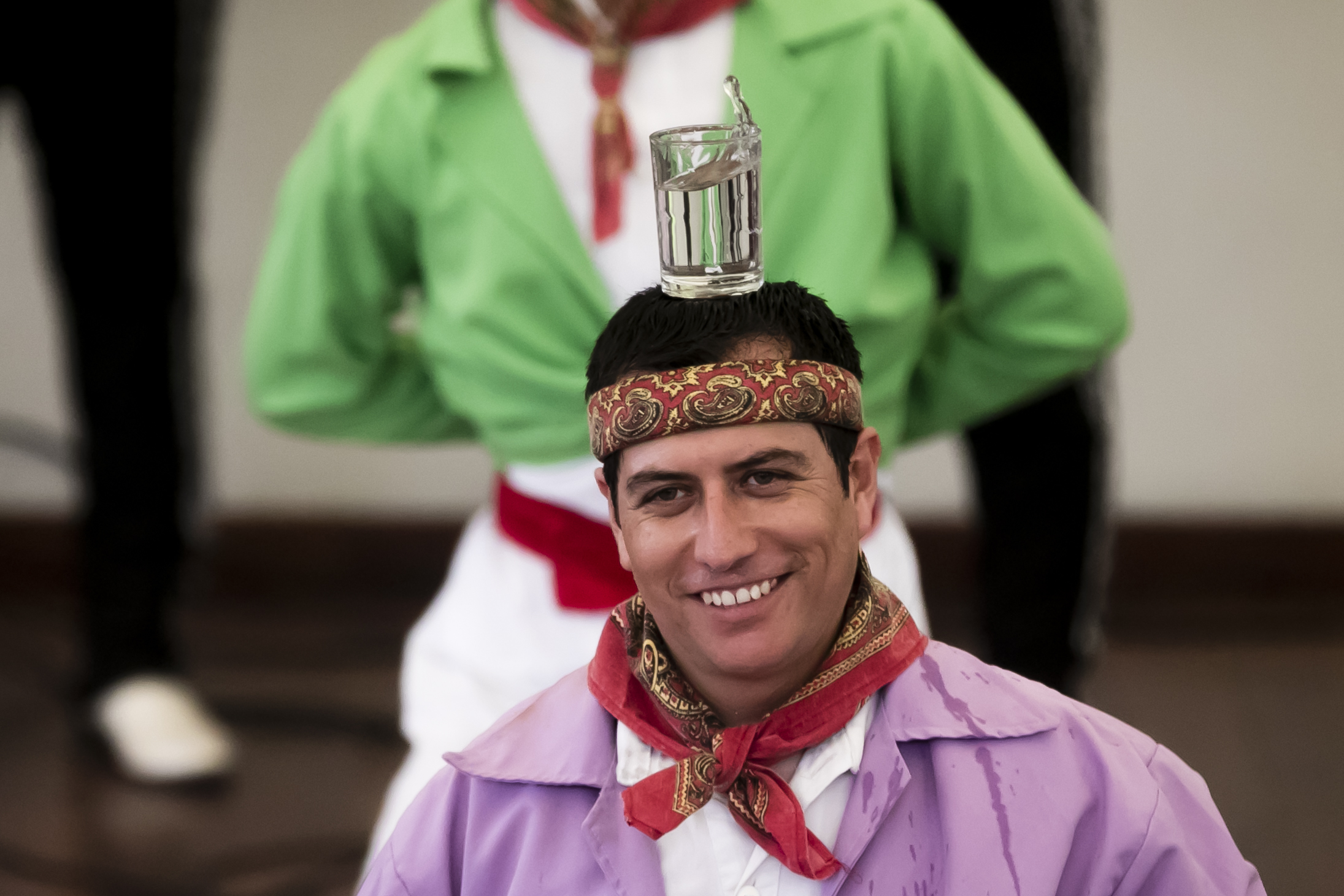
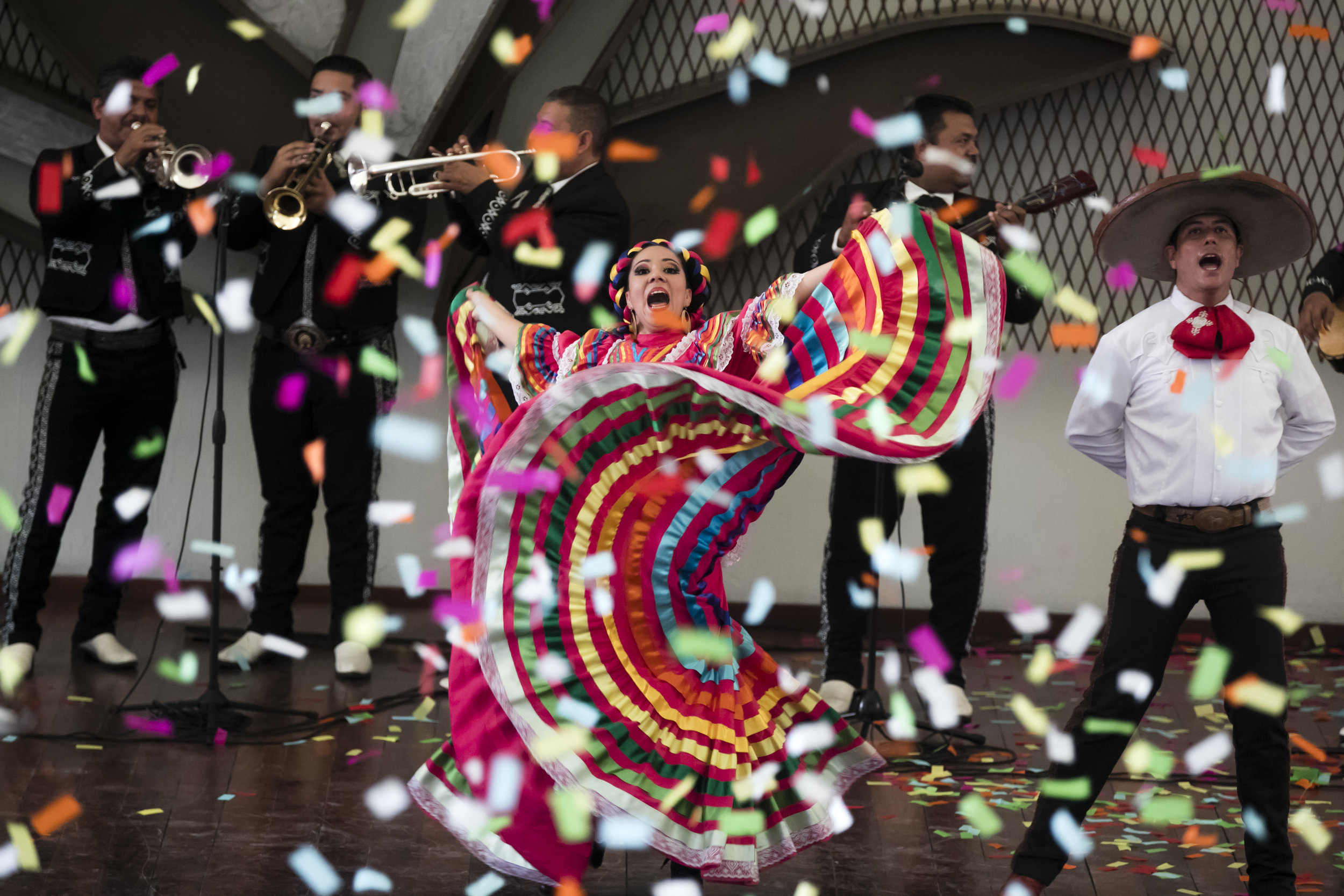
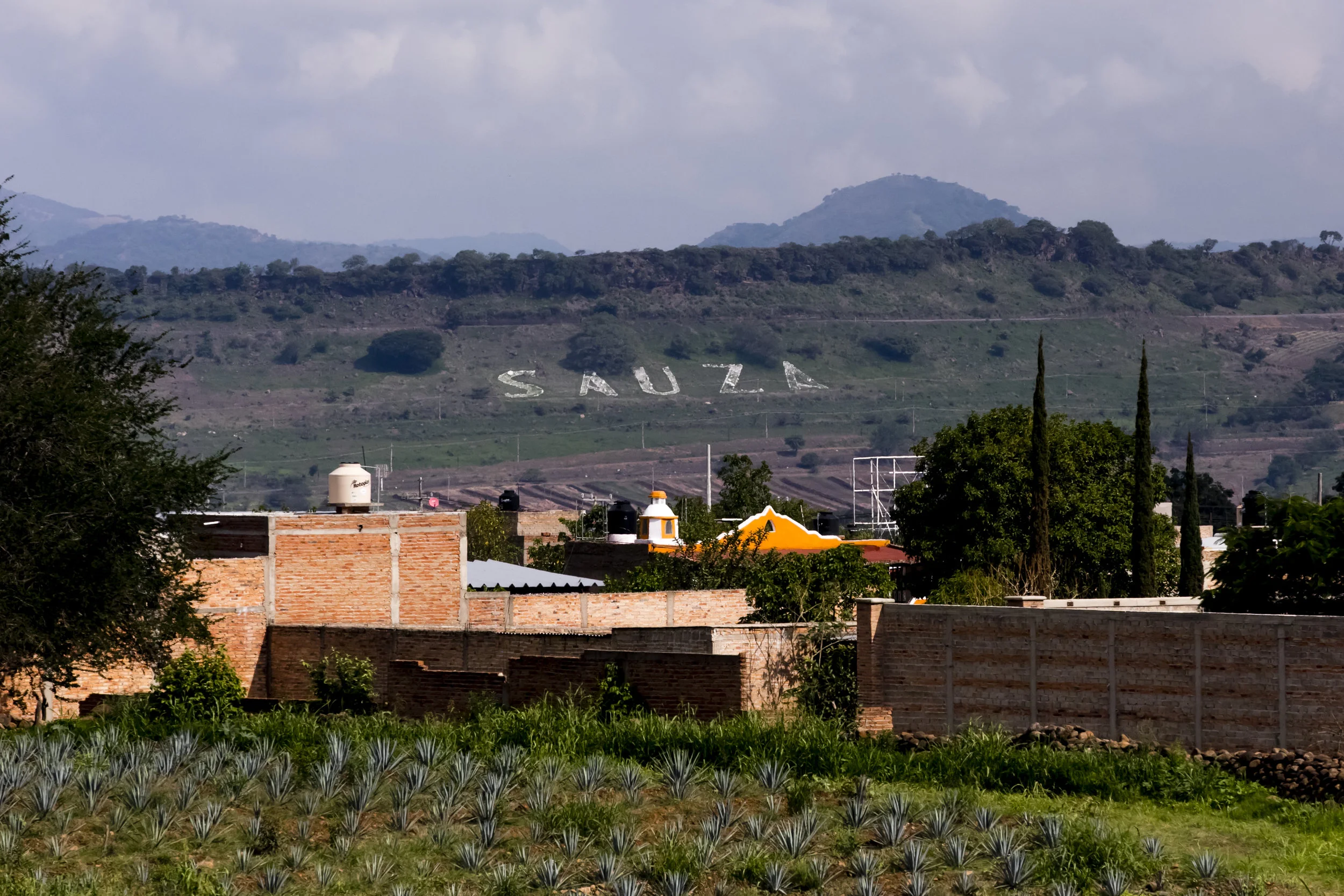
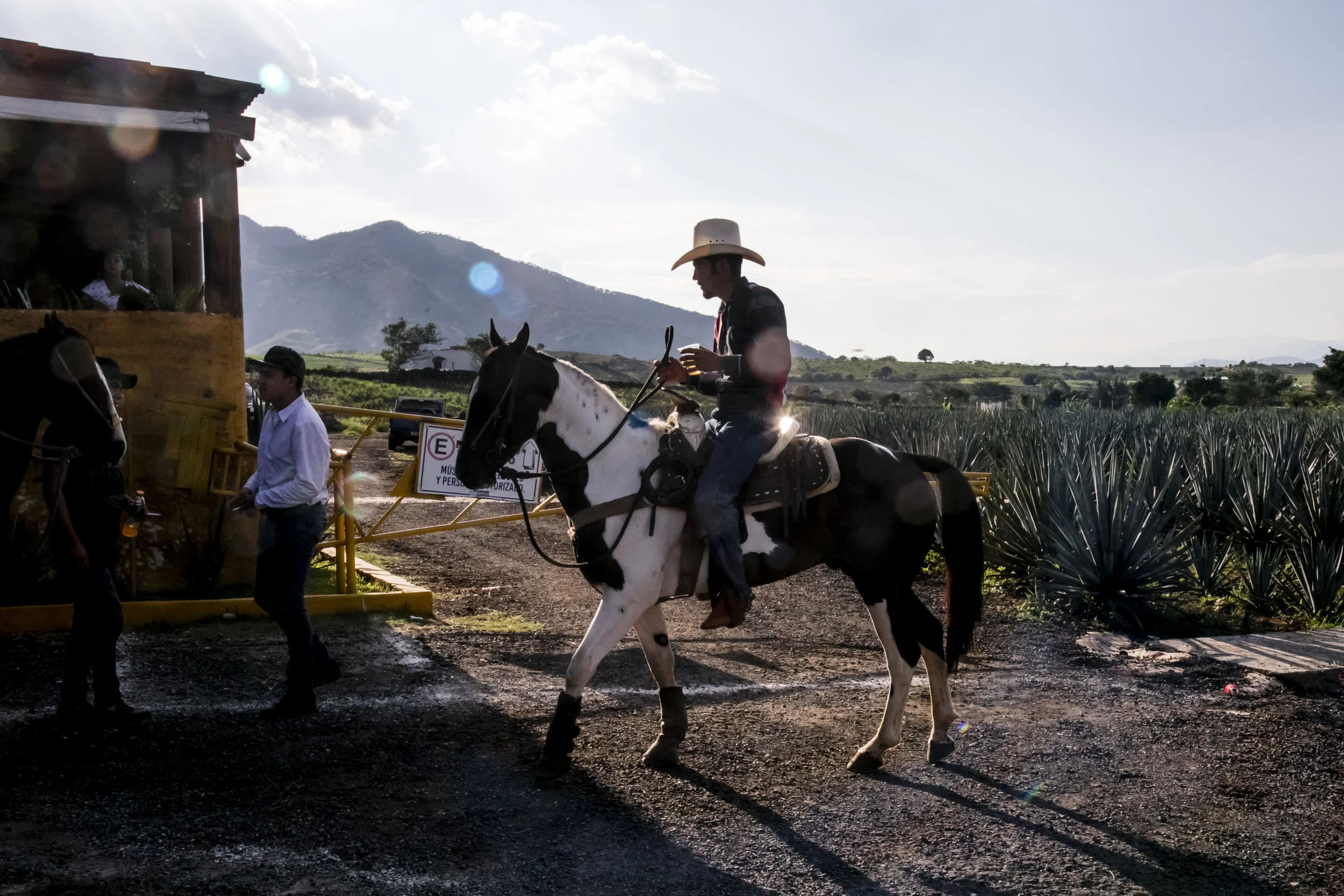
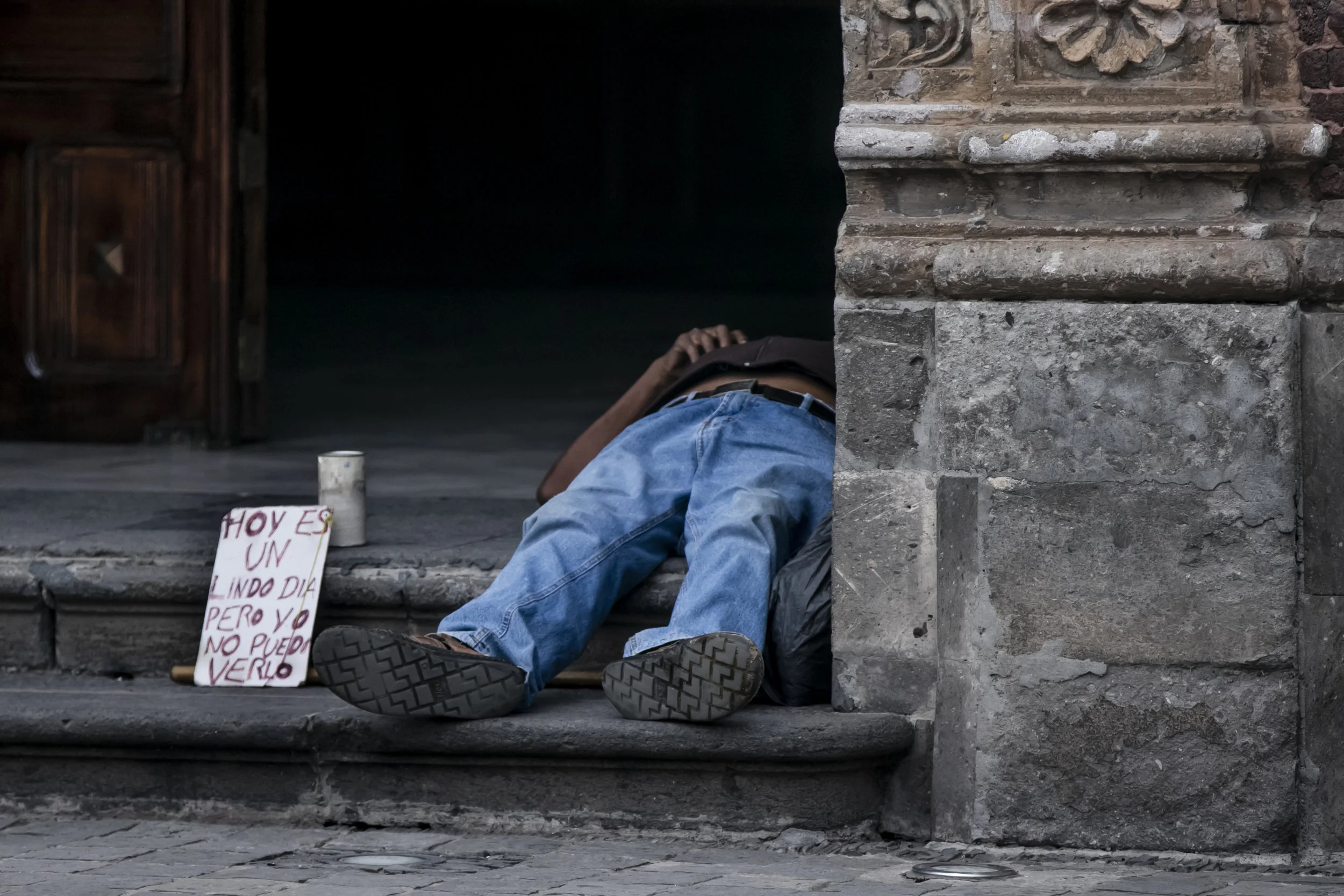


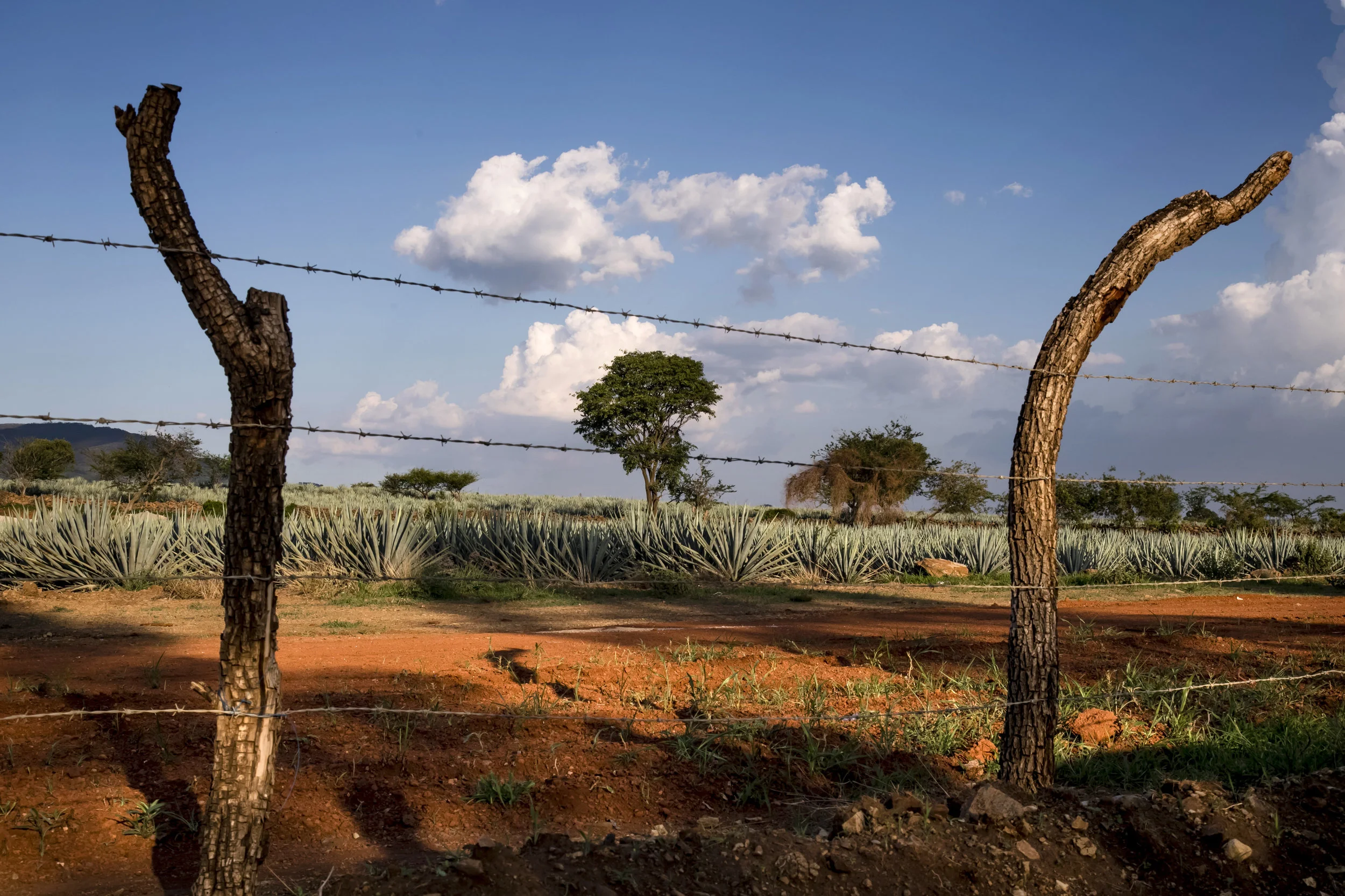
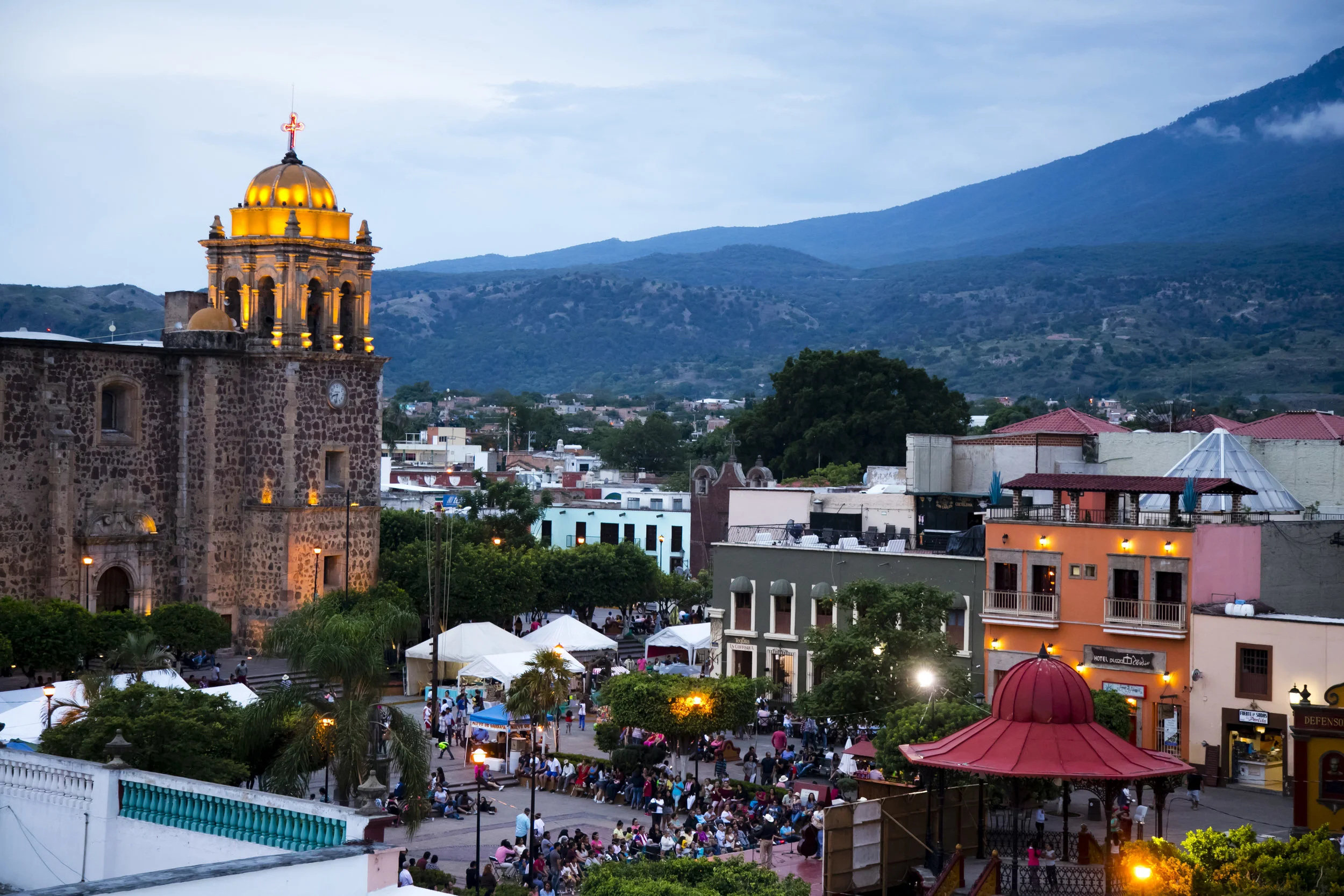
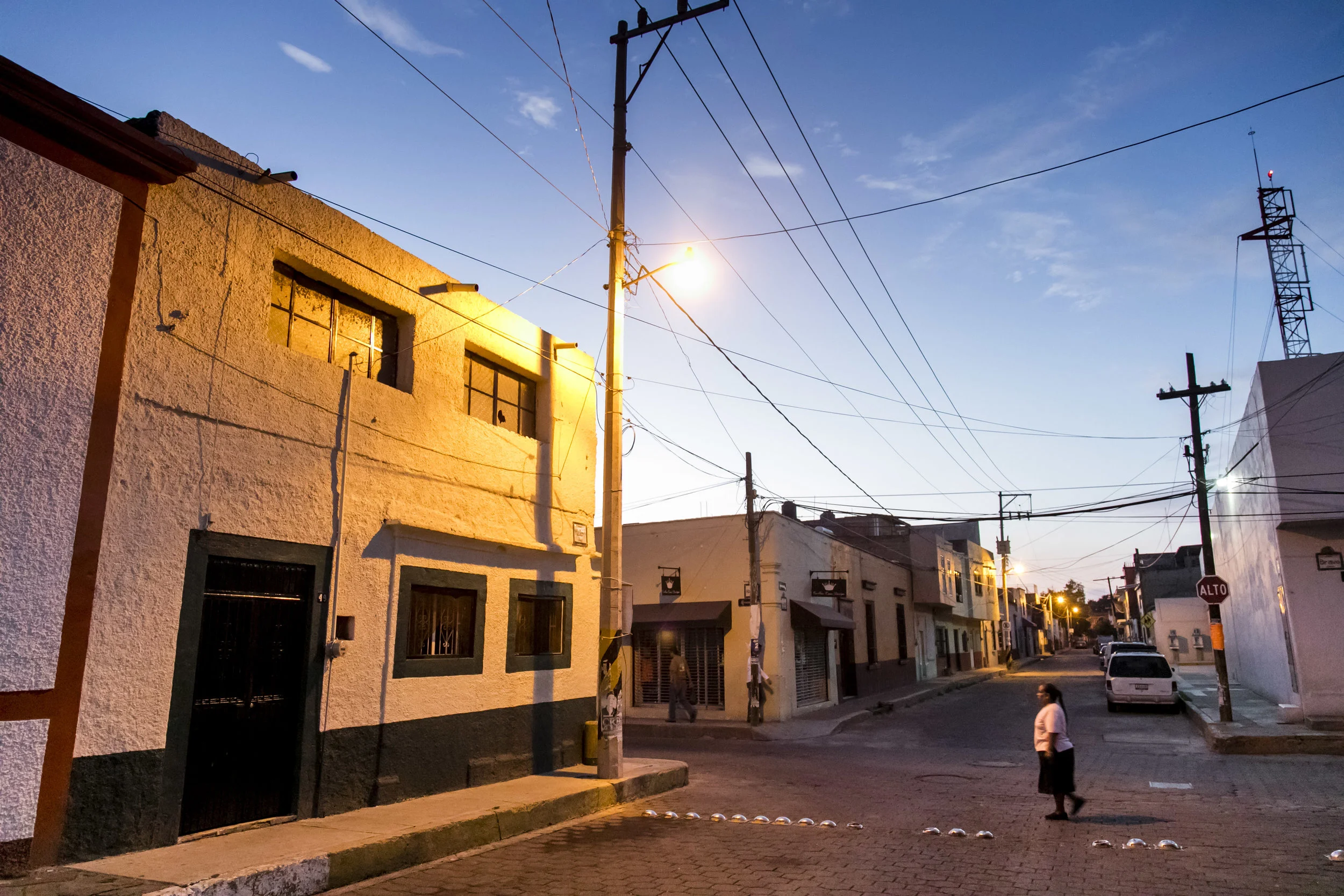
In order to describe the agave, some « Jimadores » (agave cultivators) say this is a noble plant, because it develops easily in a hot and dry weather, it doesn’t t need to be watered since it is able to survive and grow just thanks to the rain. Nevertheless, cultivators have to wait in average 10 years to harvest it; important fact that makes the production of the Tequila valuable. The harvest process is called « Jimar » and is traditionally hand made. A performant and experienced agave picker can harvest up to 3000 kilos per day.
For the alcohol fermentation and distillation, only the heart of the plant called « Pina » (pineapple) is required. In order to produce one liter of a 100% agave tequila, it is necessary to use approximately 7 kilos of pinas. Five styles of tequila can be listed: blanco (white), joven (young), reposado (rested and aged), anejo (extra aged), extra anejo (ultra aged) and as a general rule, the quality and price of the spirit is linked to its aging.
Nowadays the village of Tequila and its surroundings shelter international brands’ factories, which, combined with a recent tasting tourism and immersed in a « Tapatio » folk ambience, represent an important source of jobs in the region. An imposing real estate project is expected in the next years under the supervision of the famous brand « Jose Cuervo ». Some local people seem to agree with it, but others are worried about change. Now the question is: will the town of Tequila be able to preserve, in this new context, its authenticity and magic to keep being a unique region?